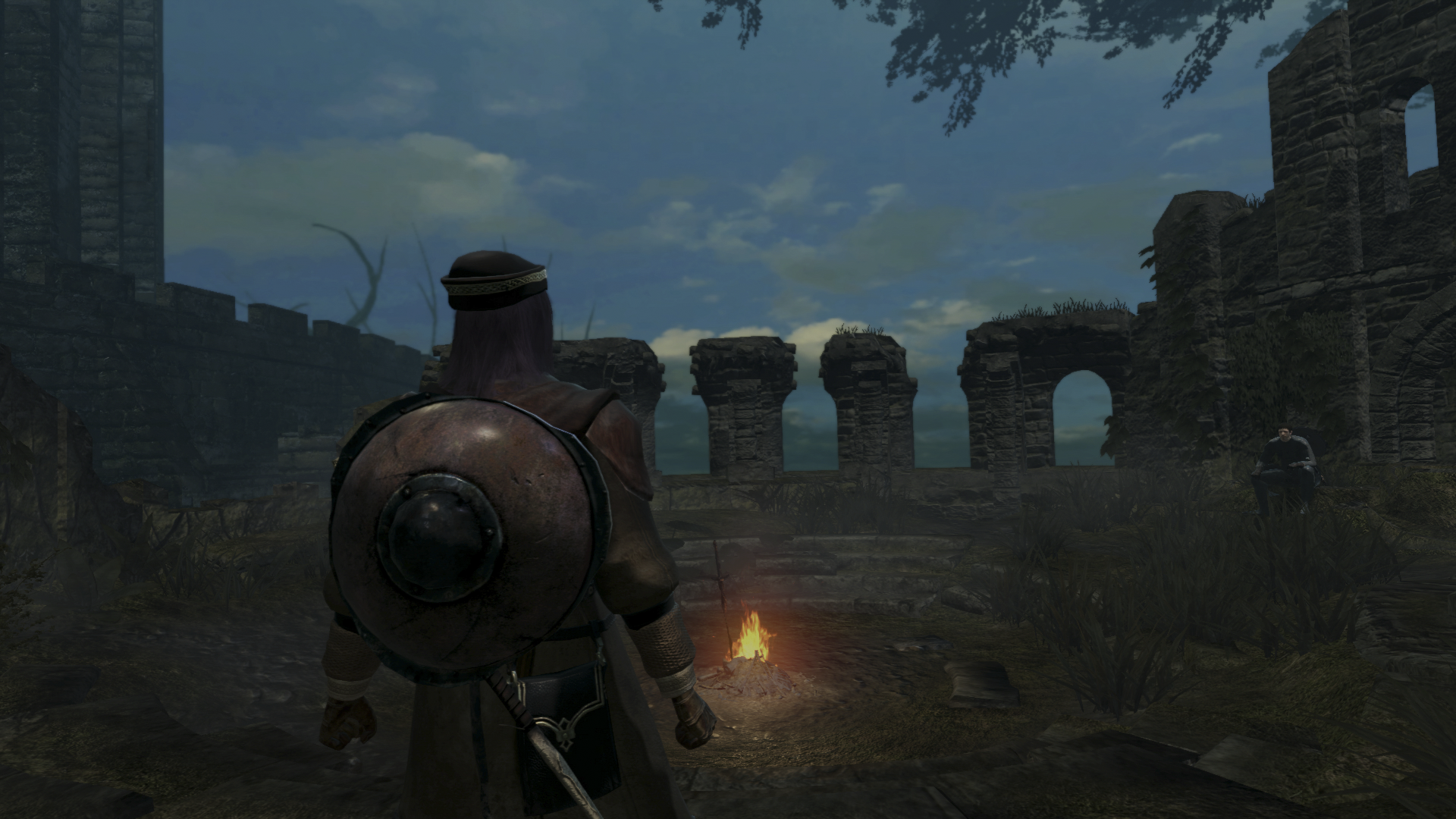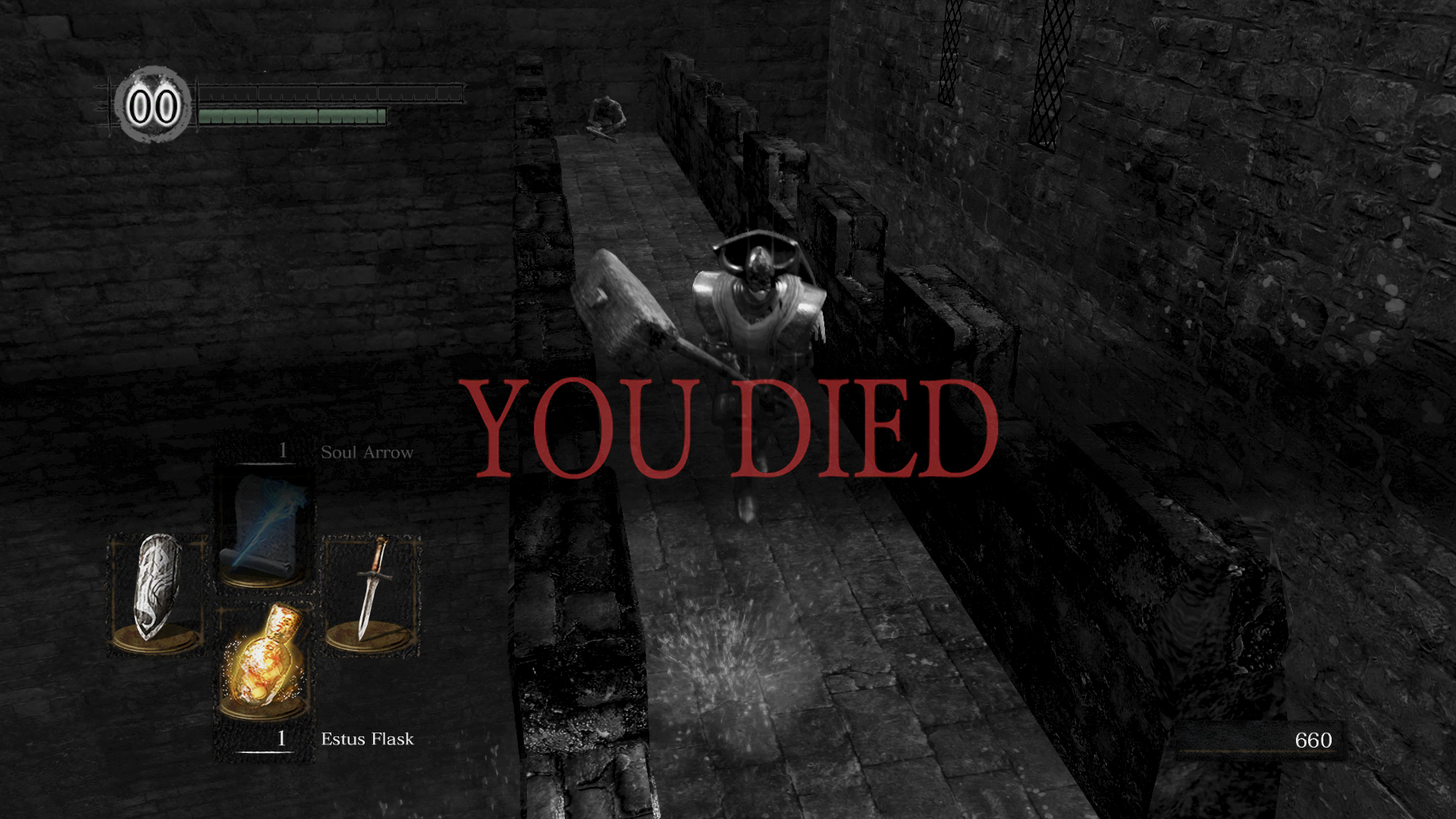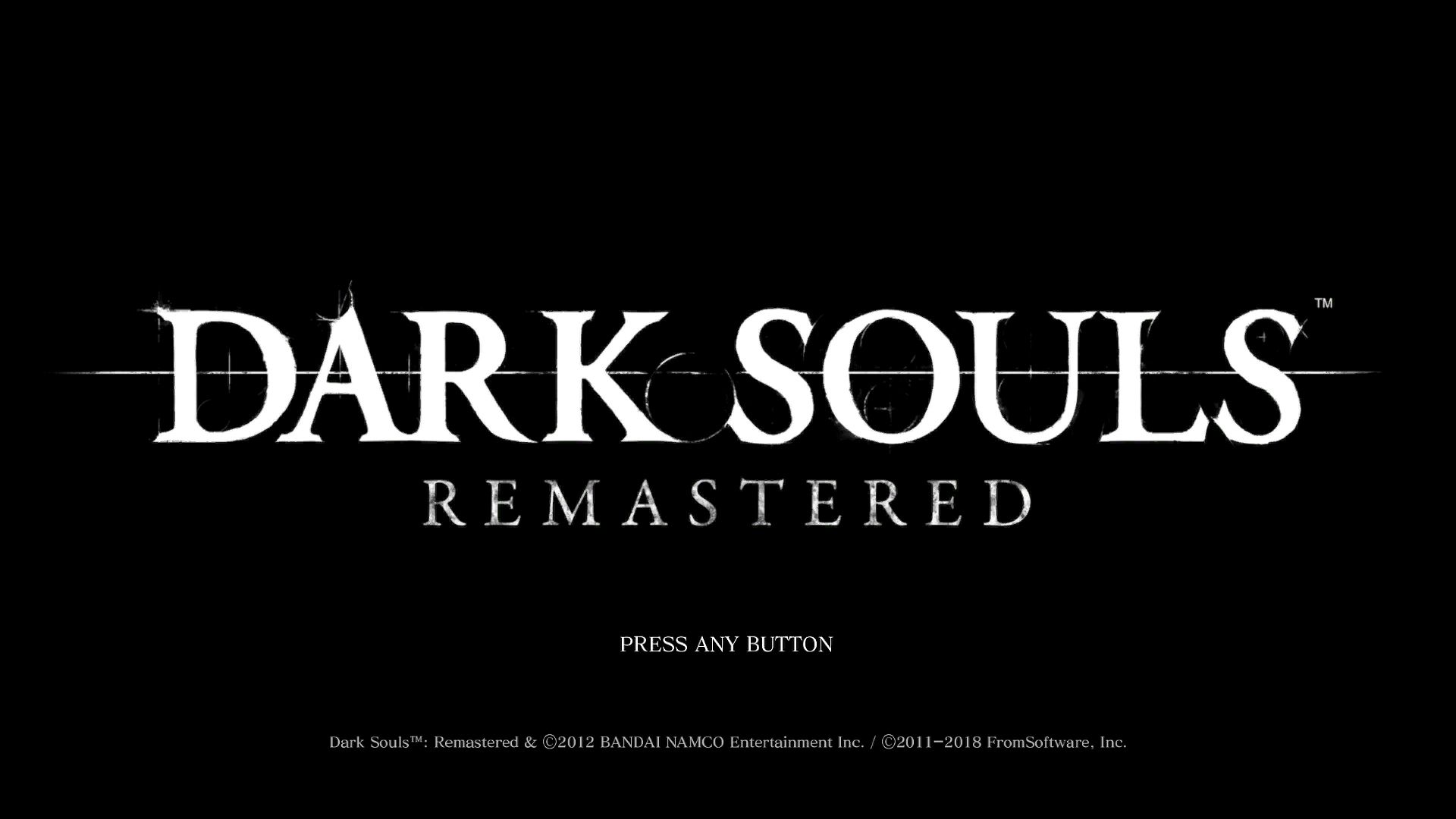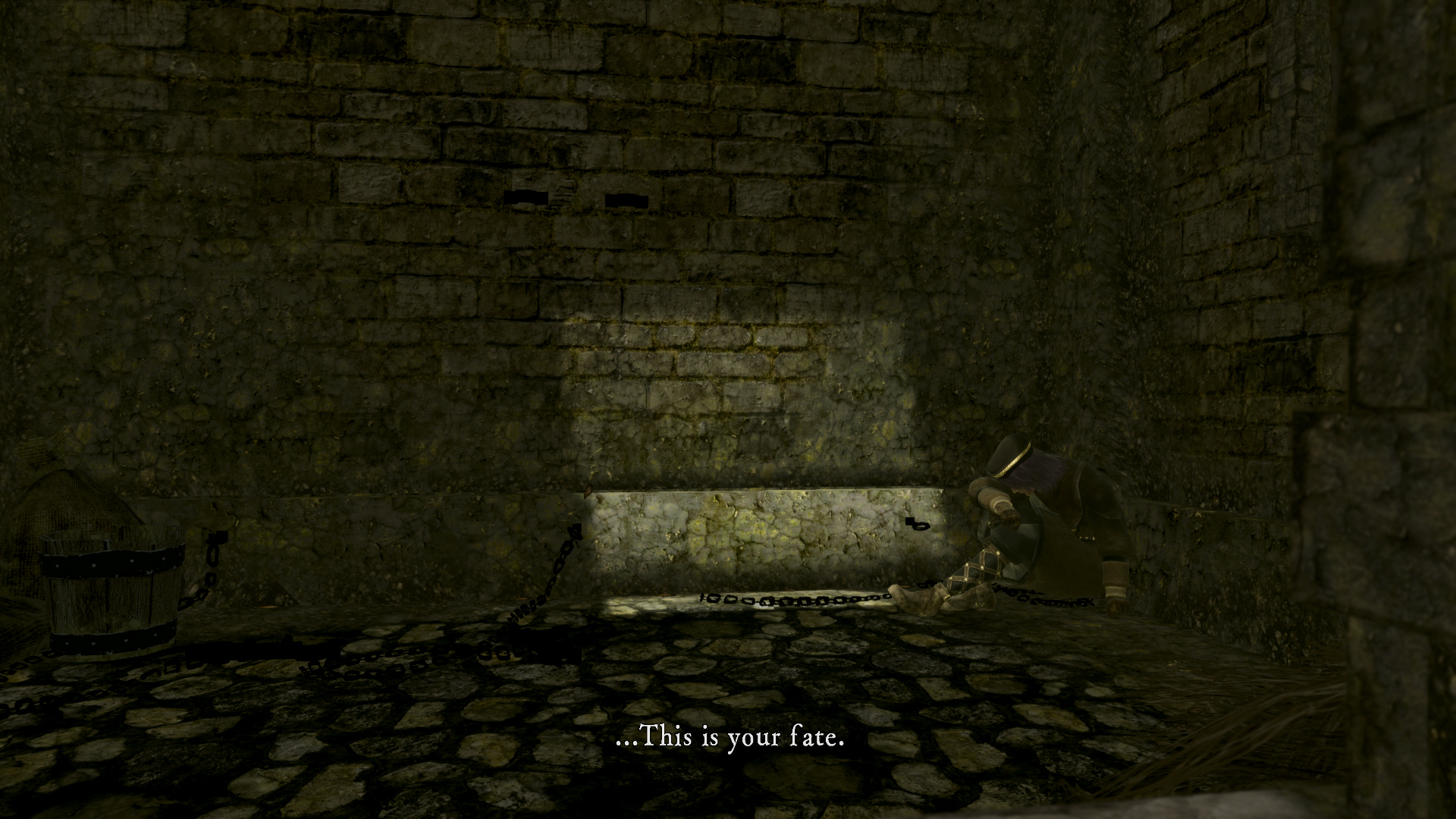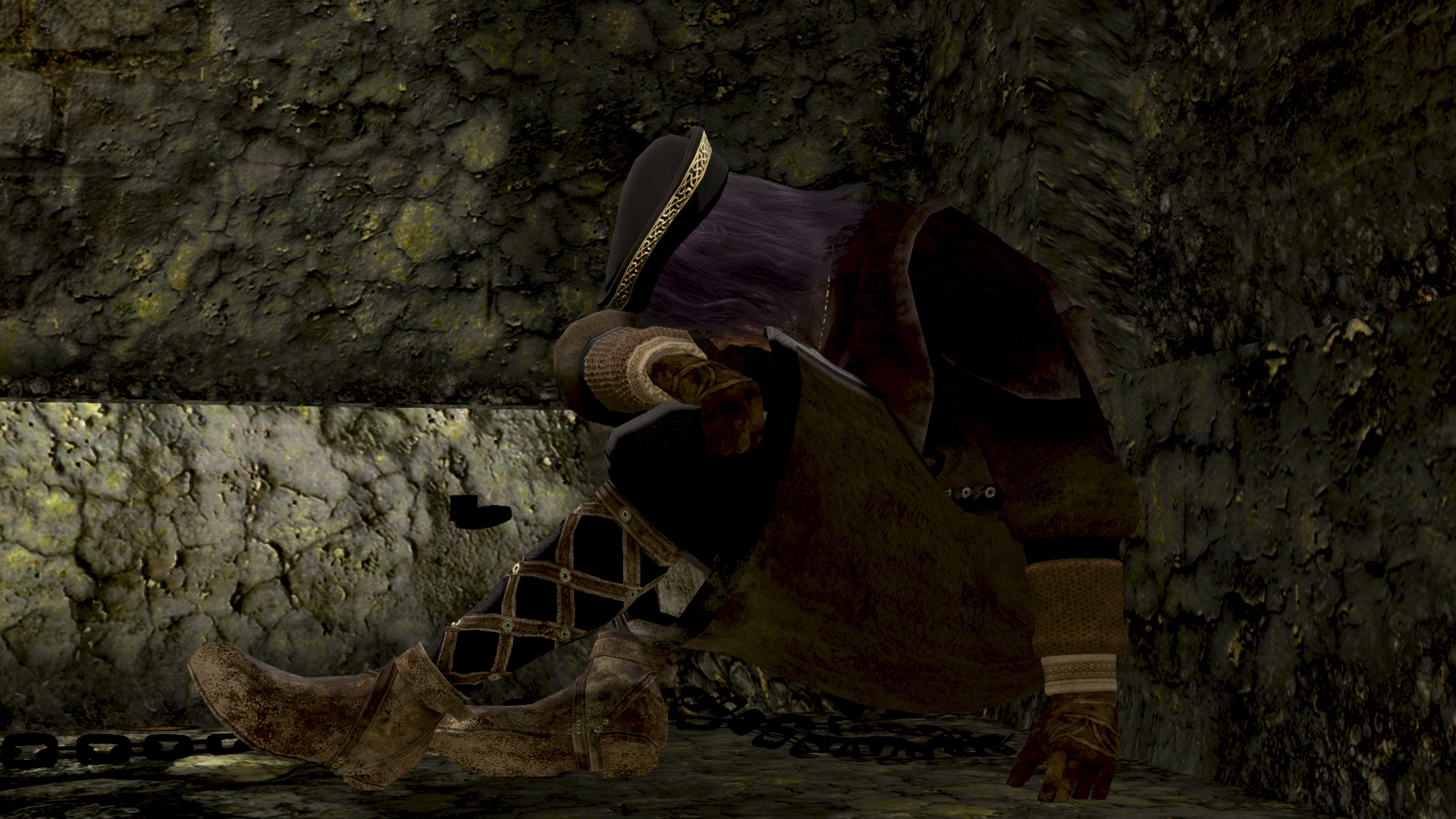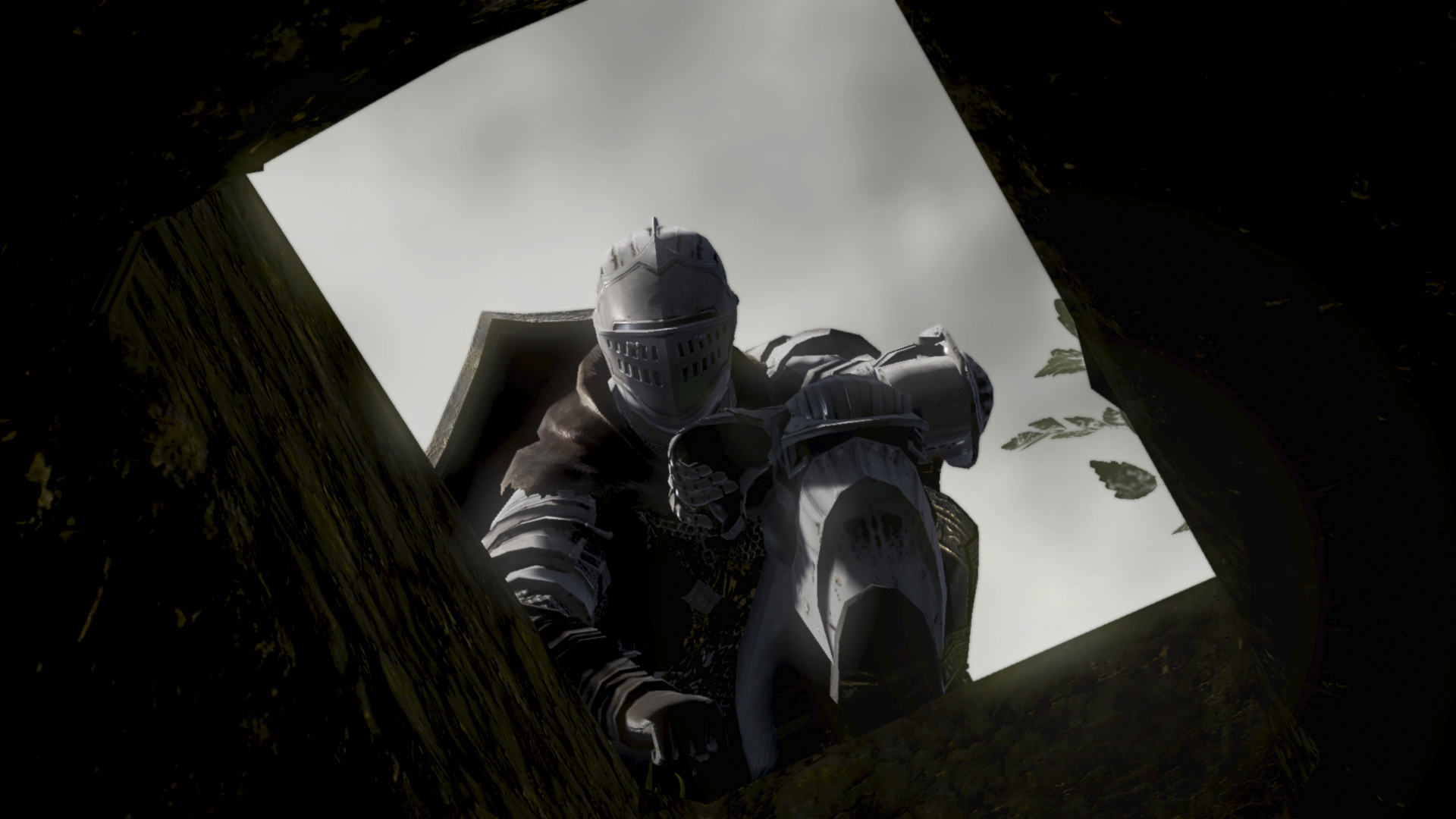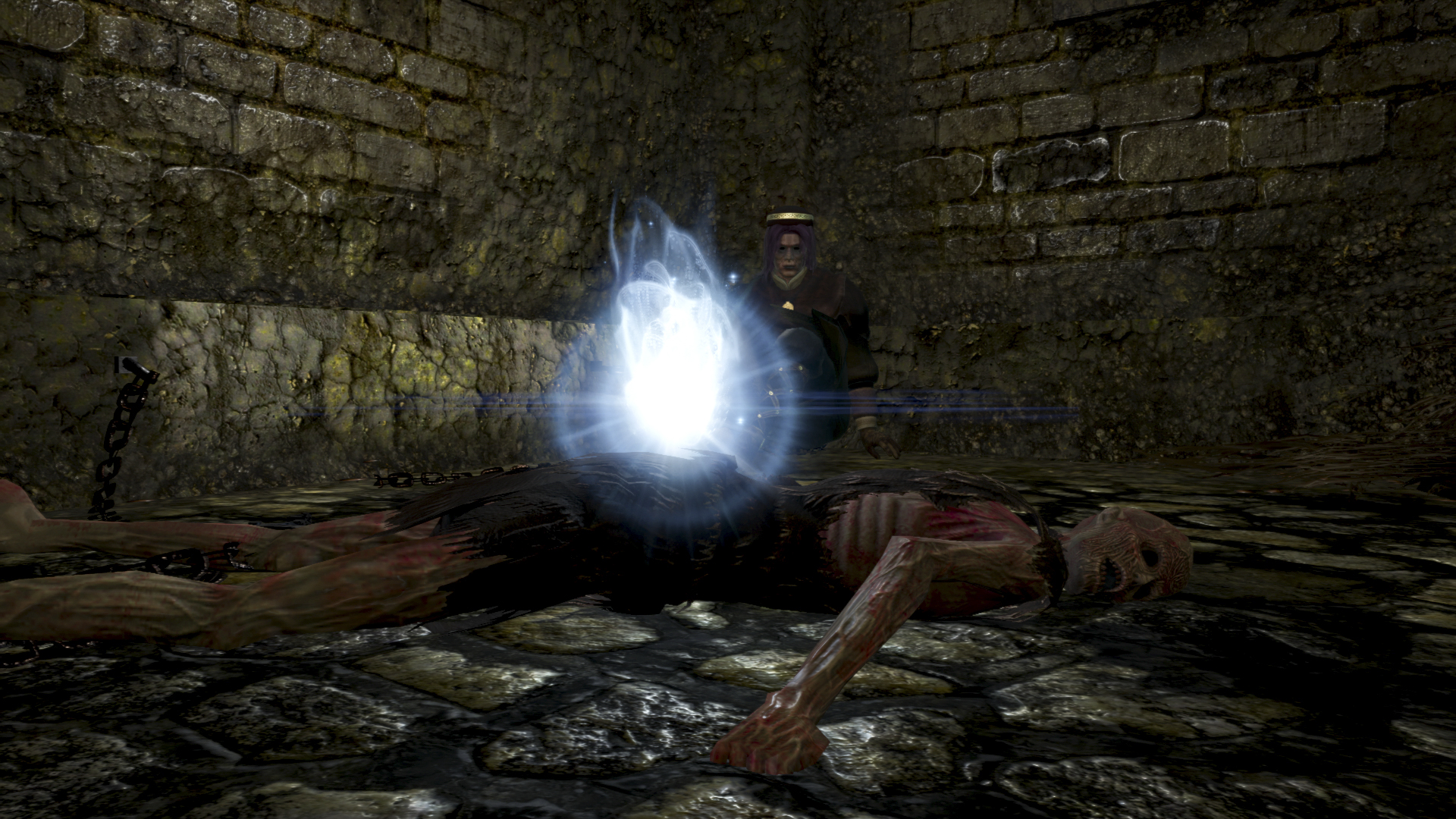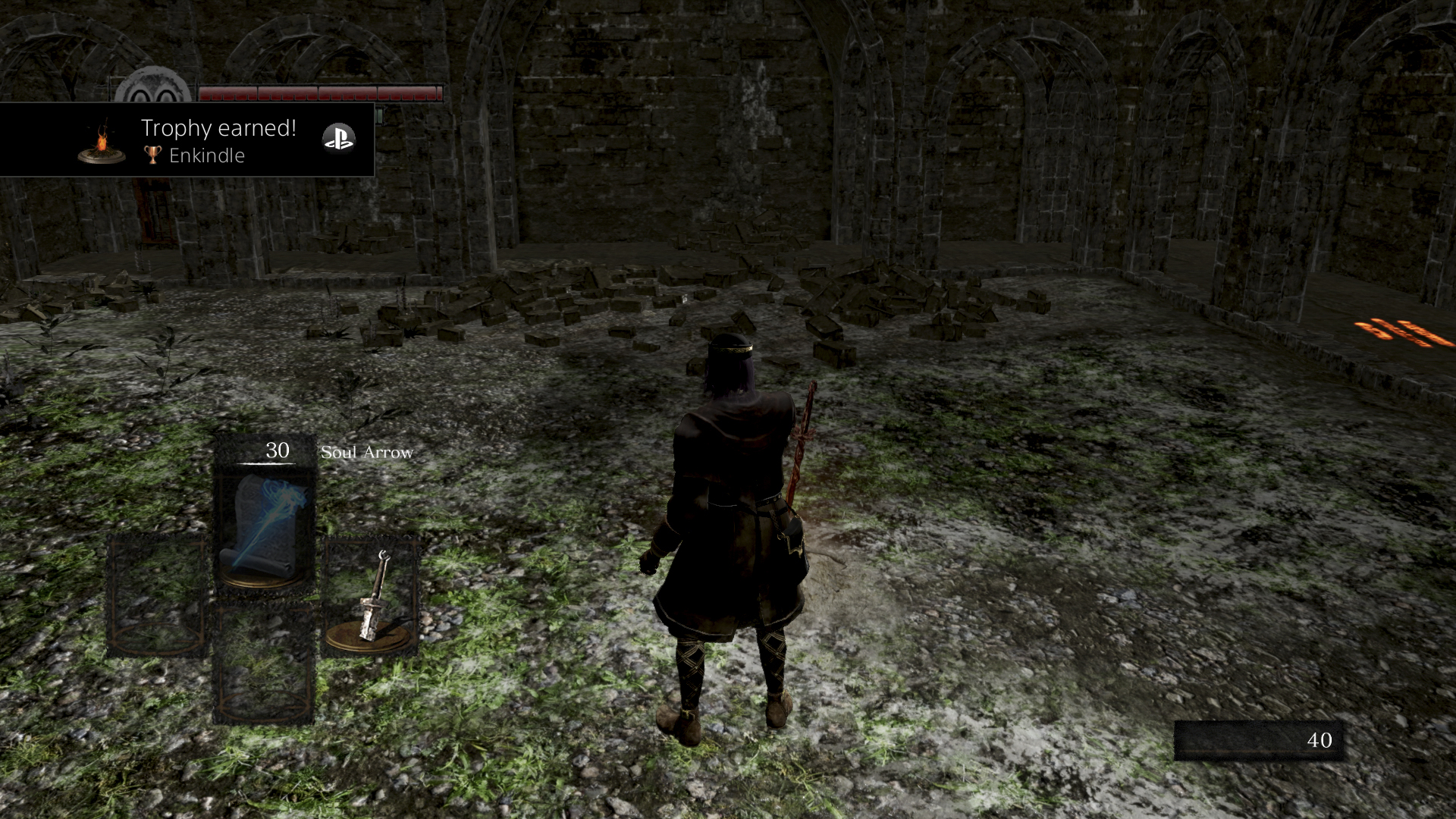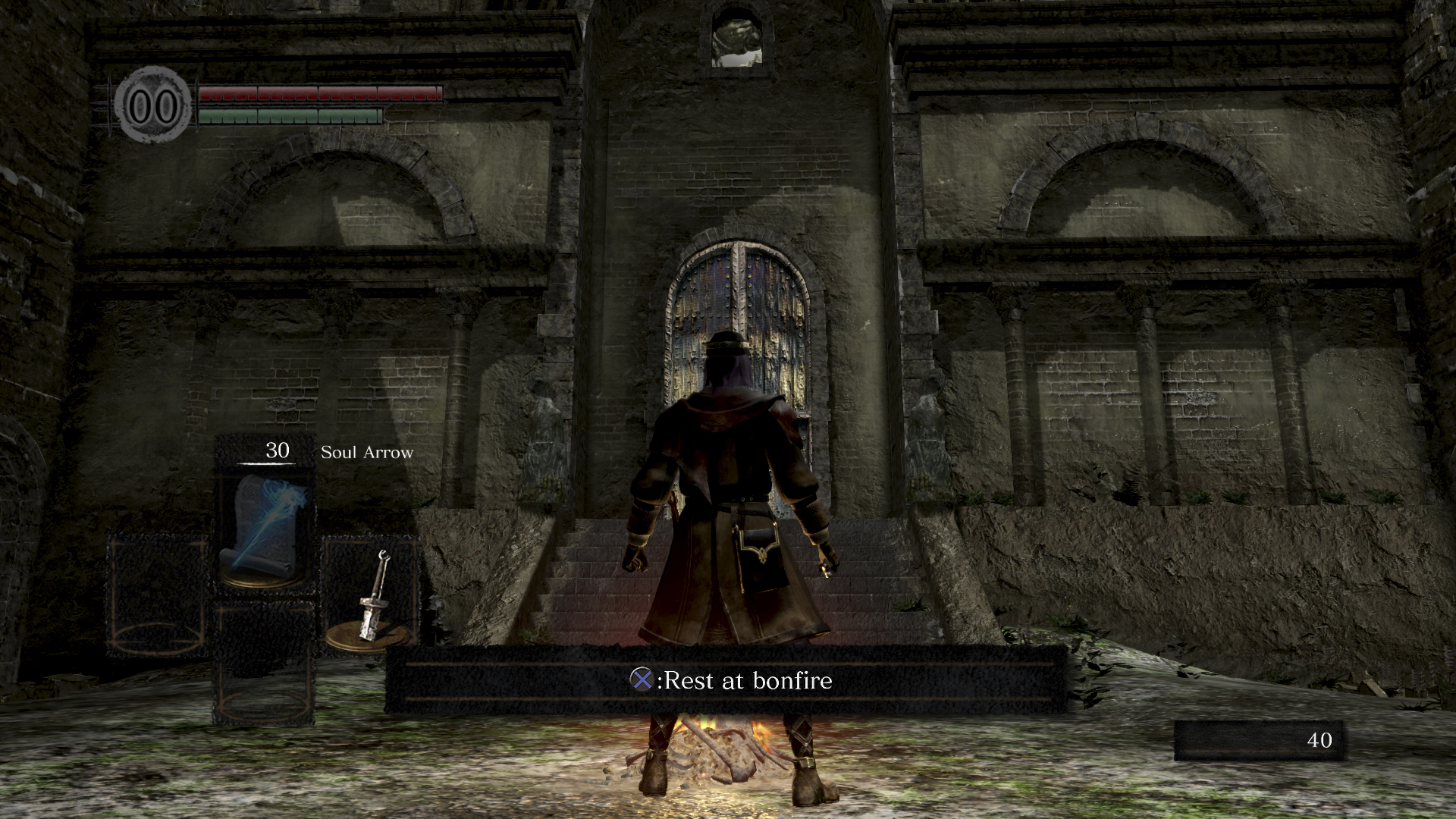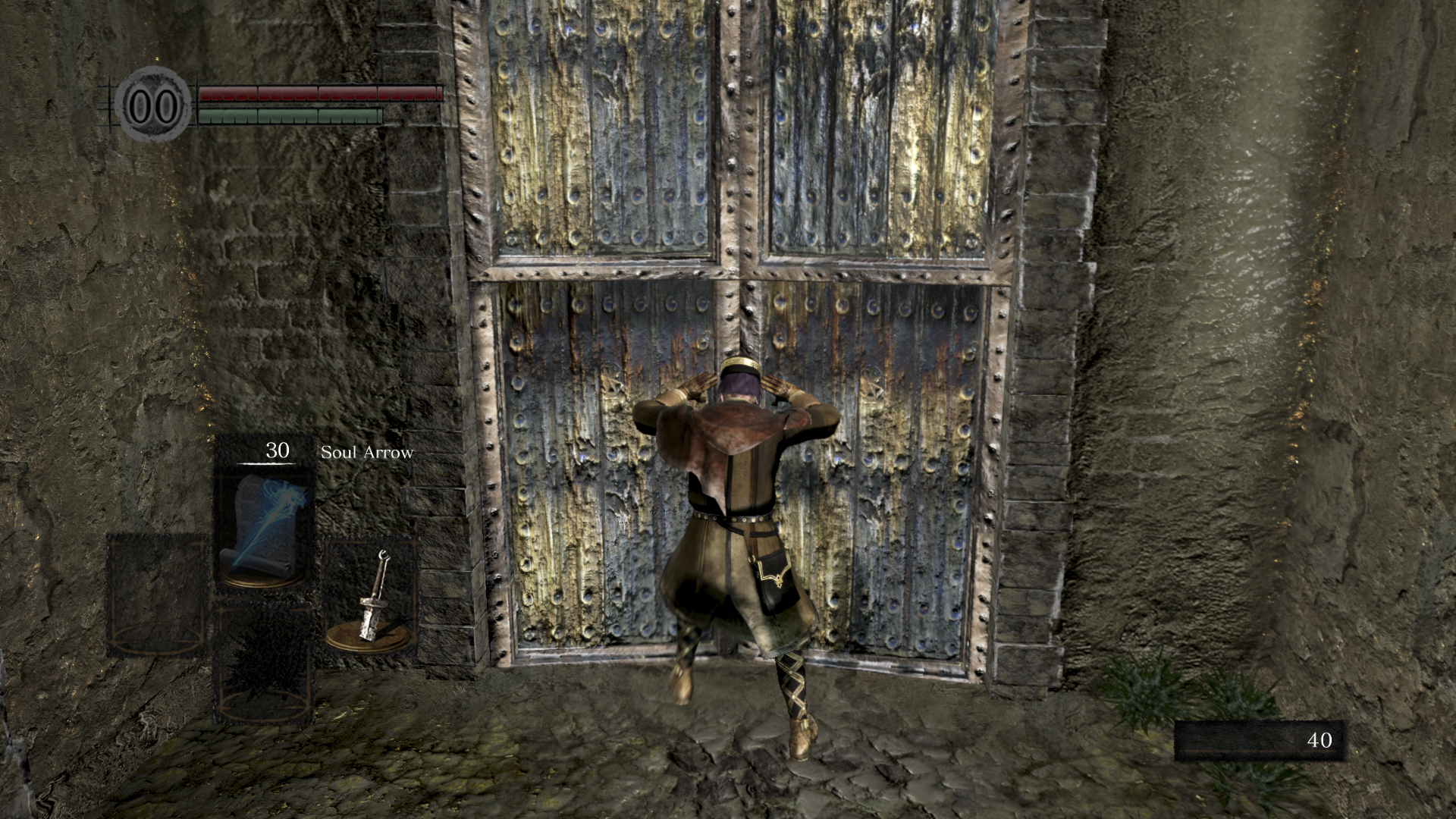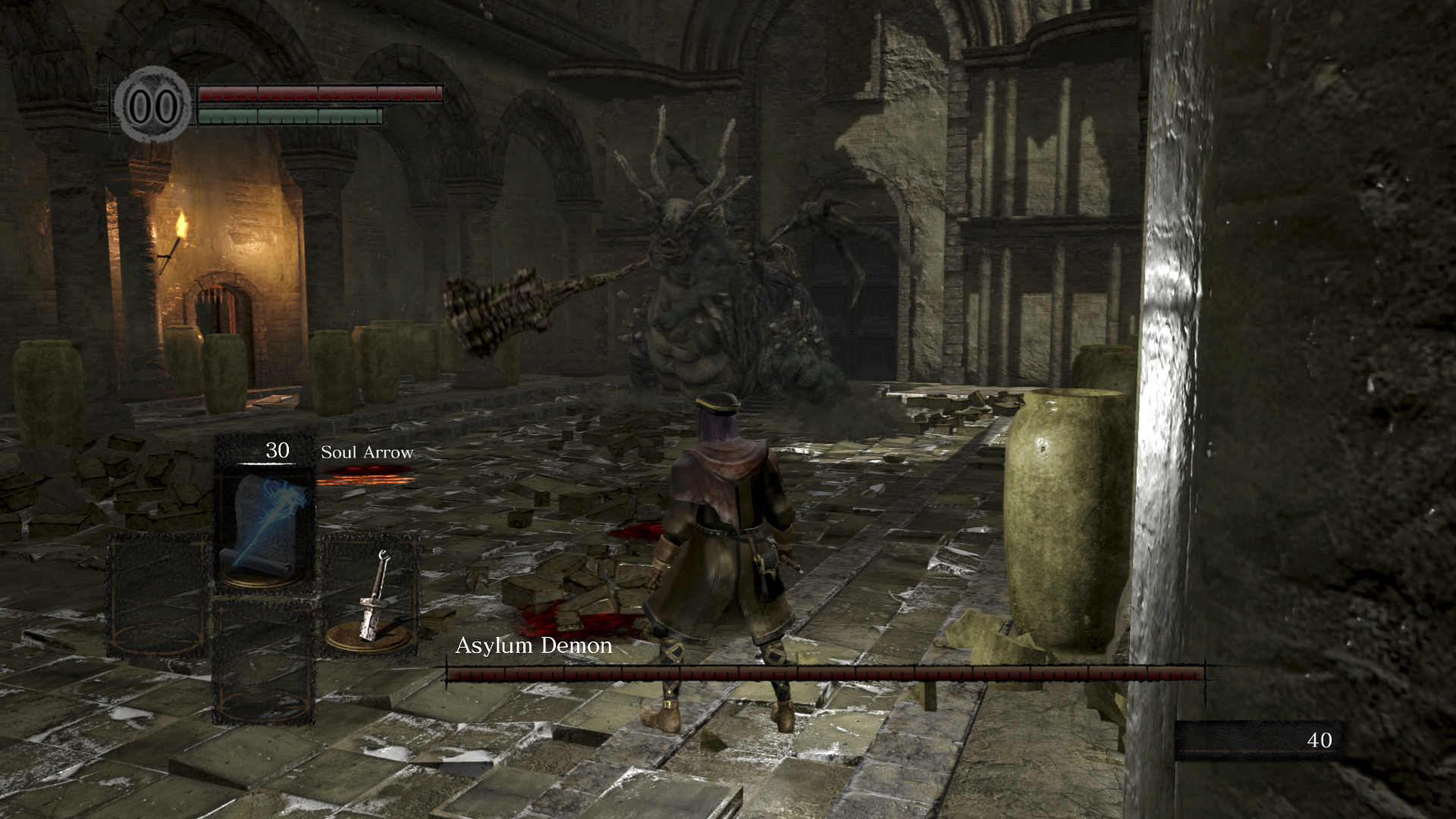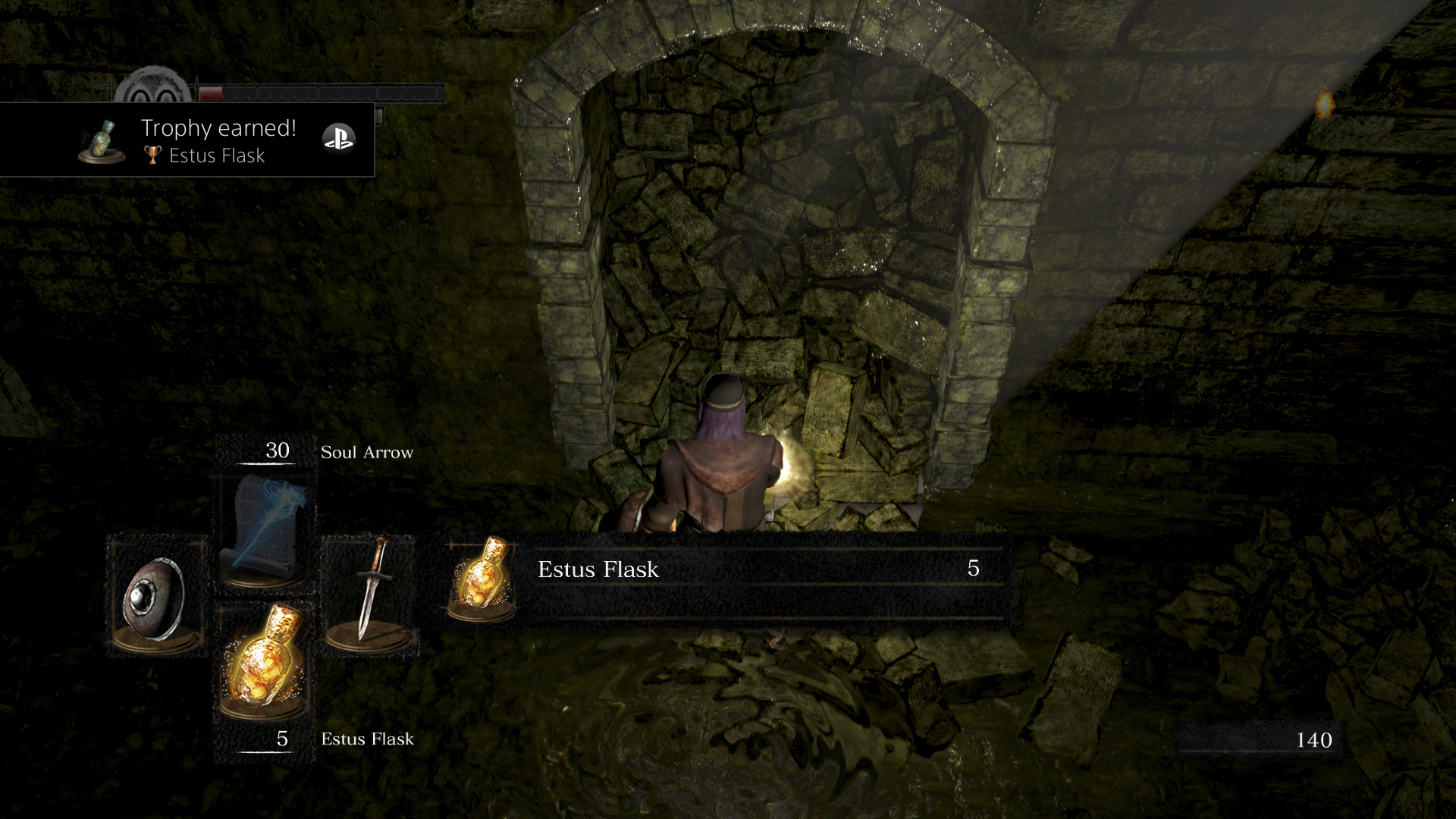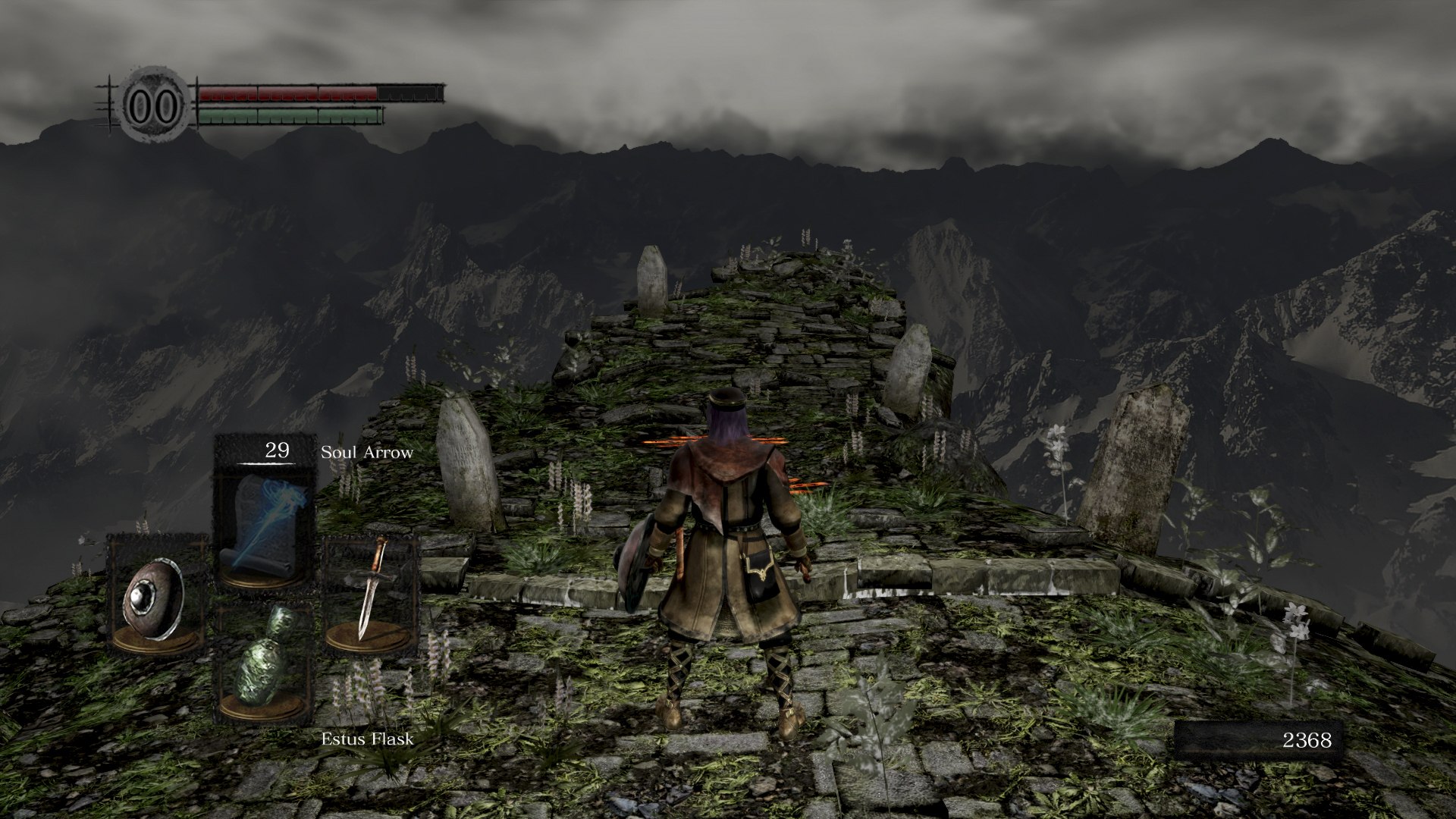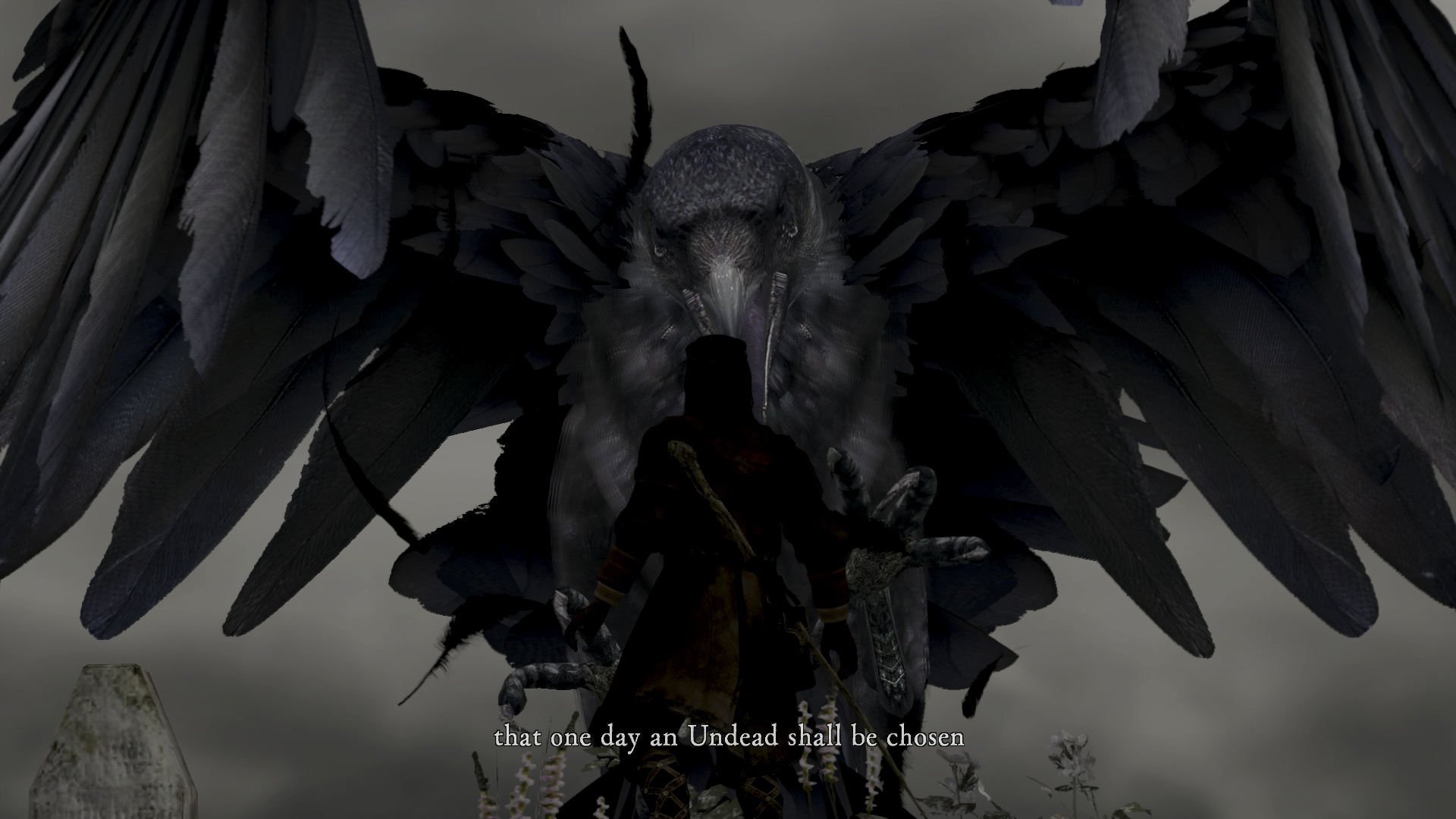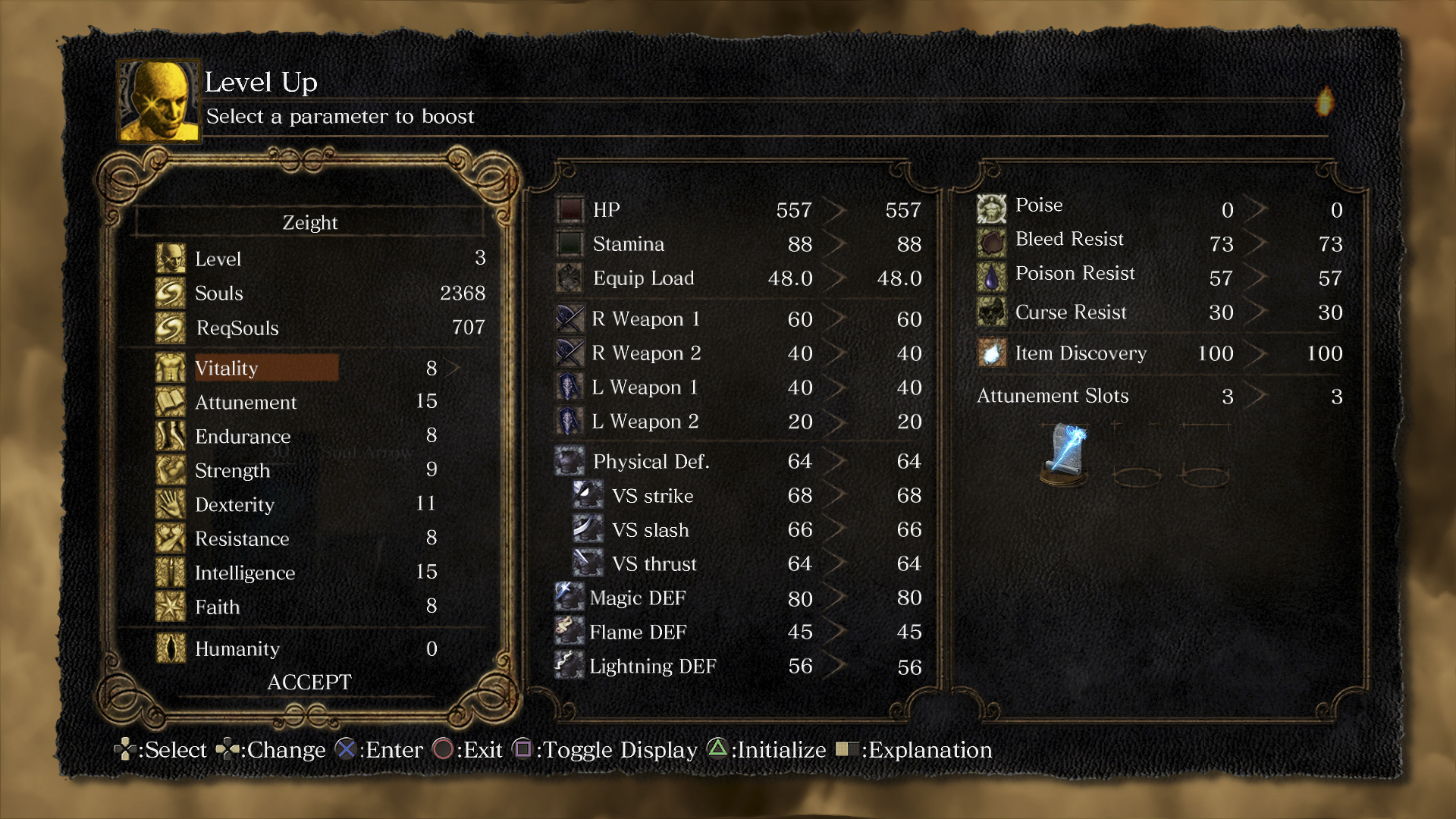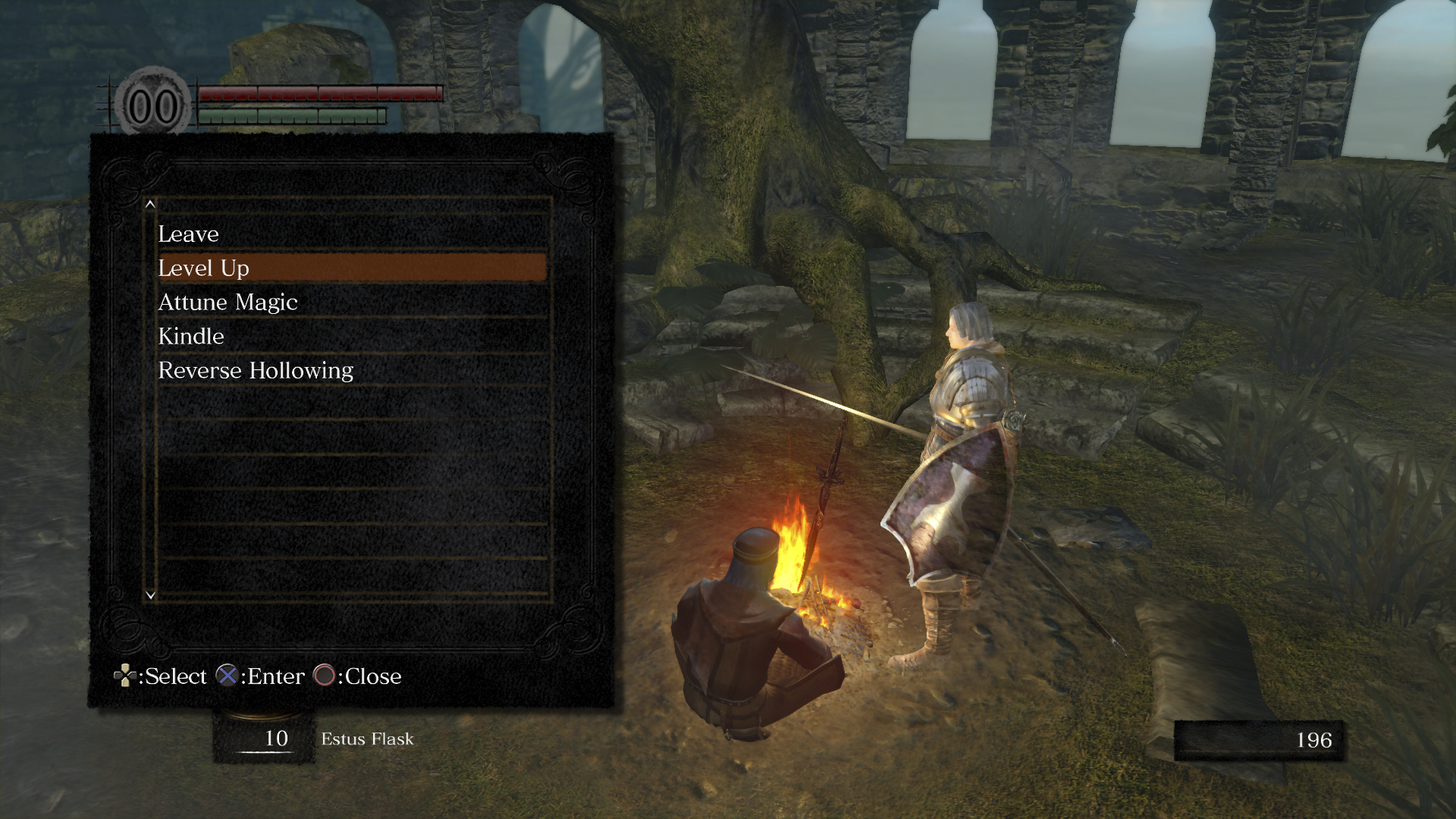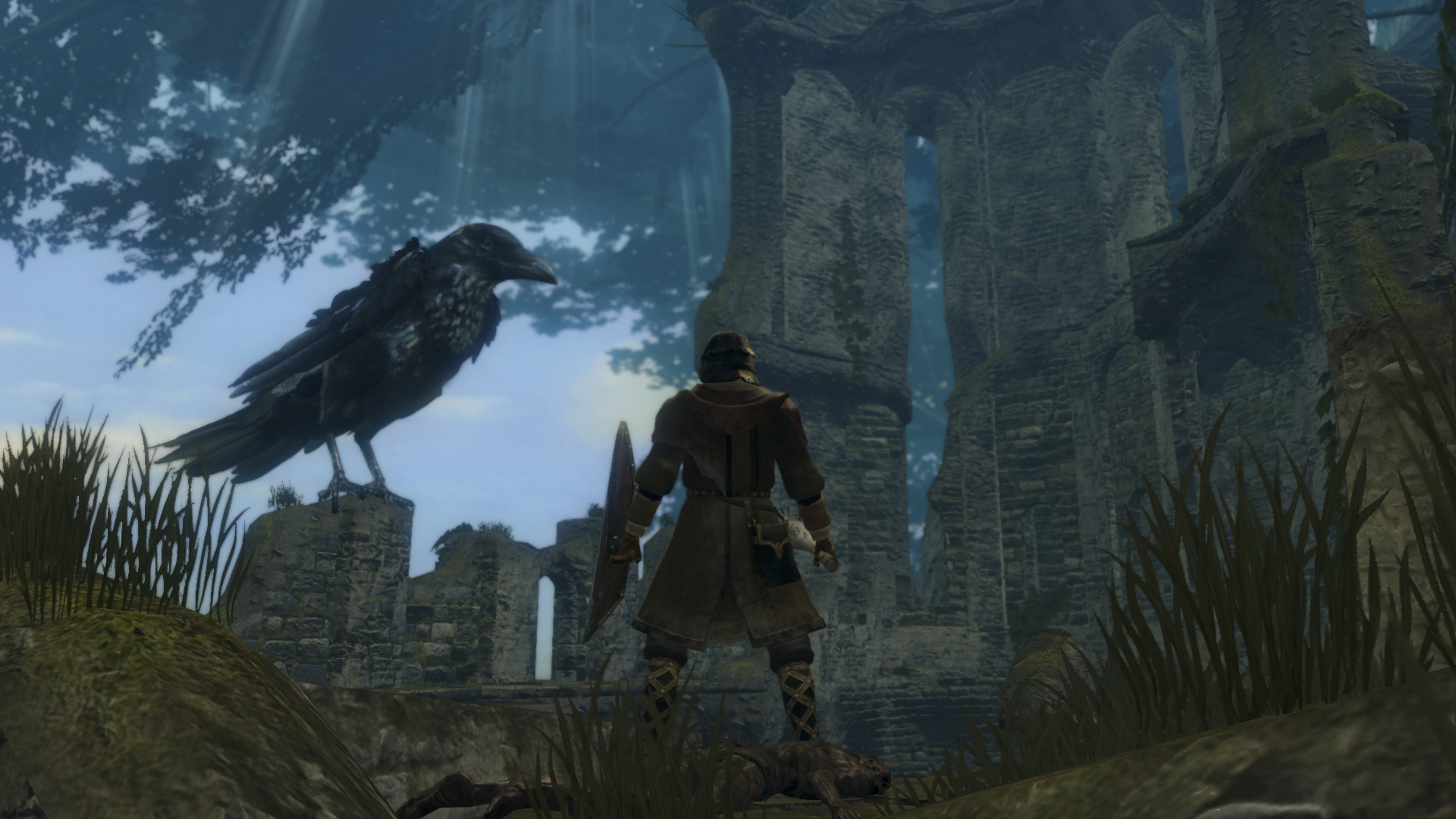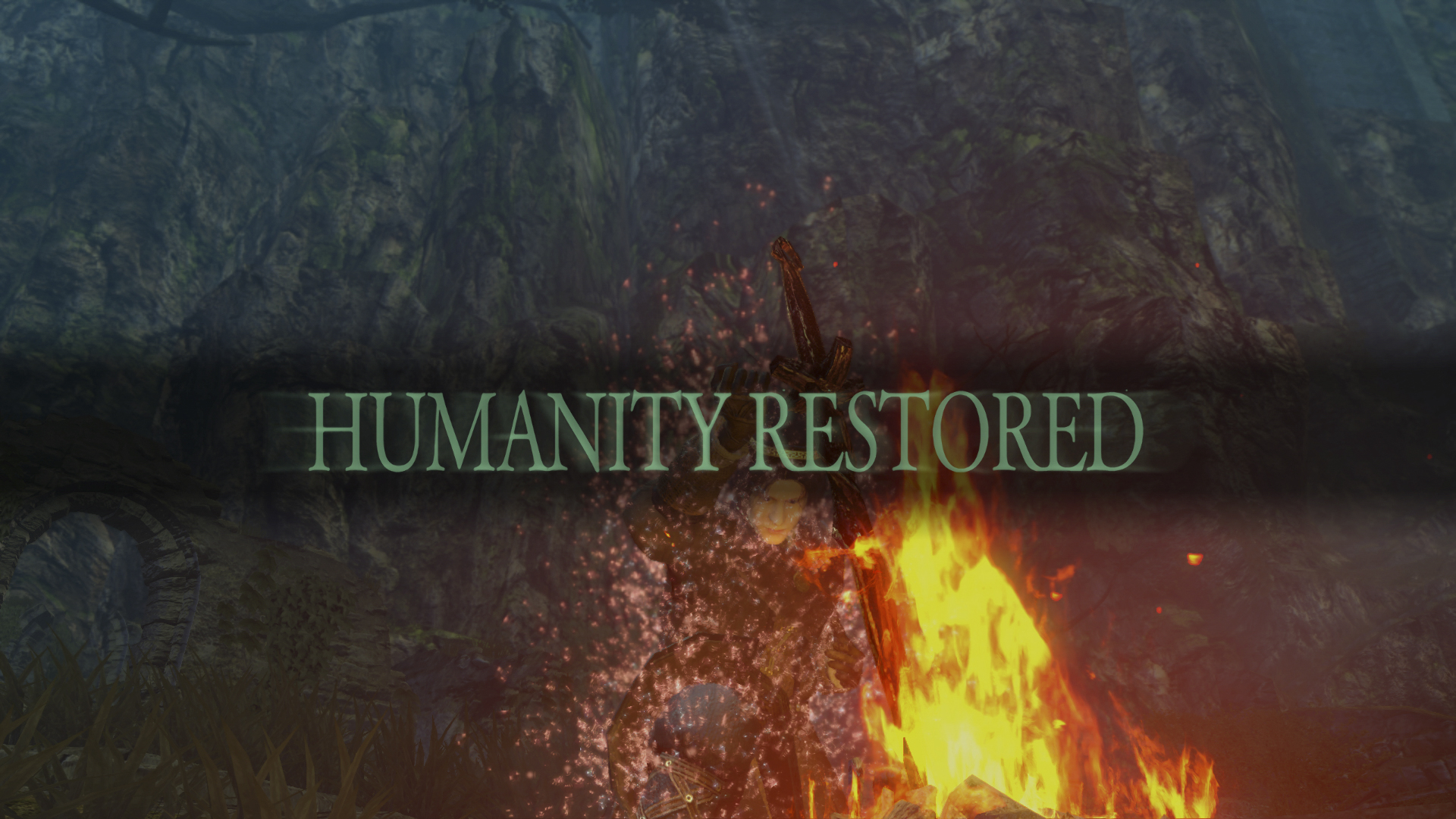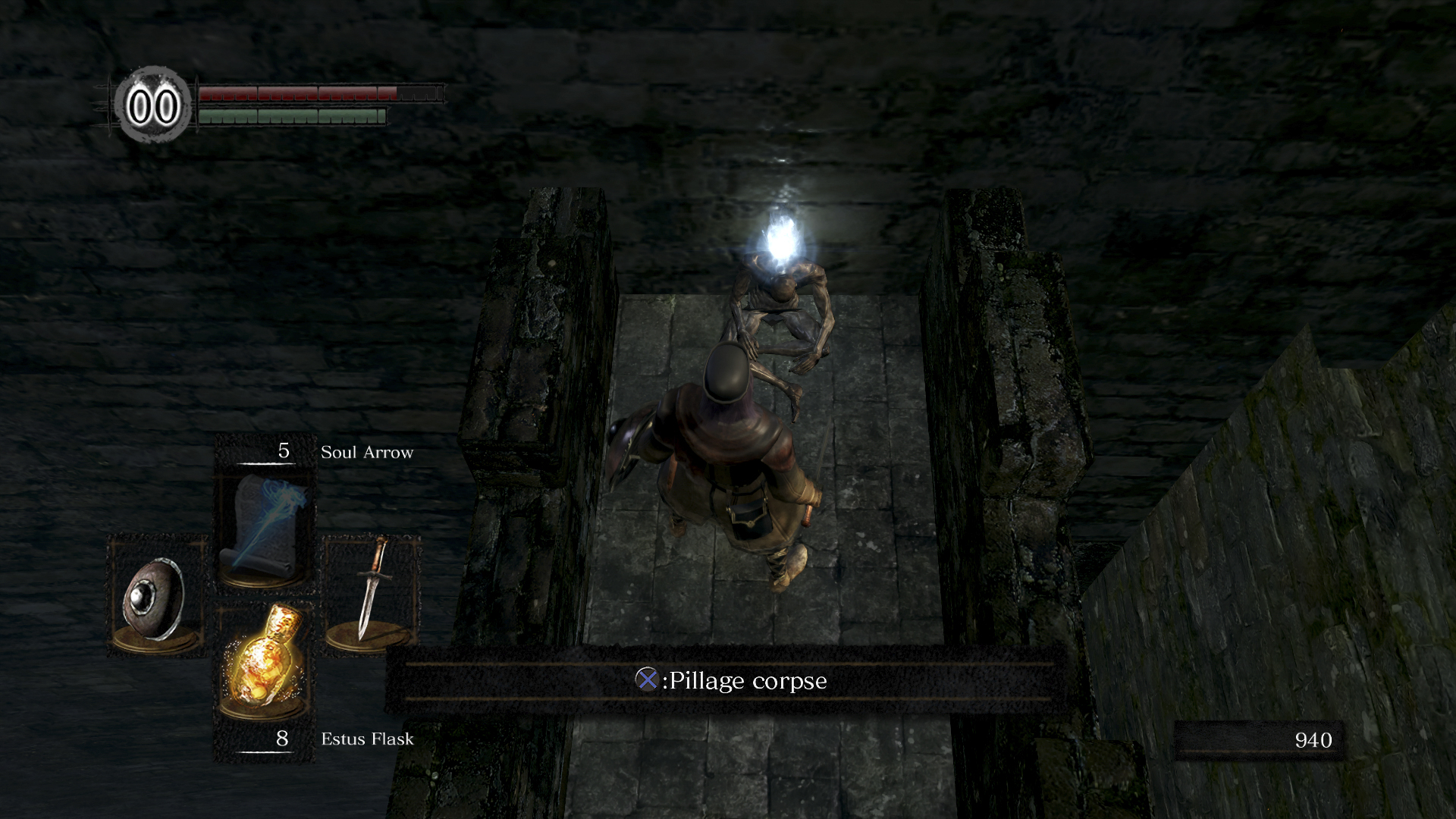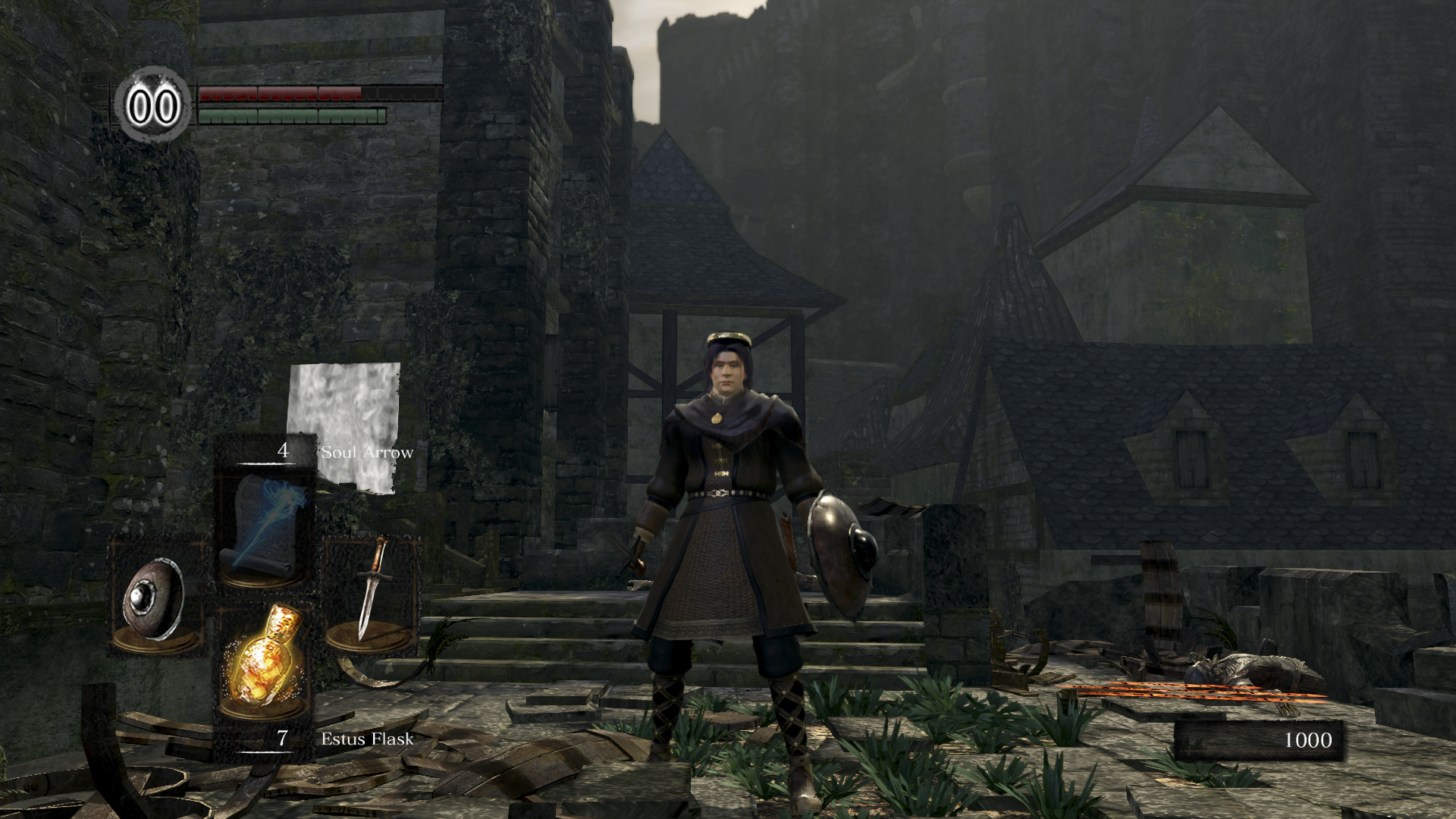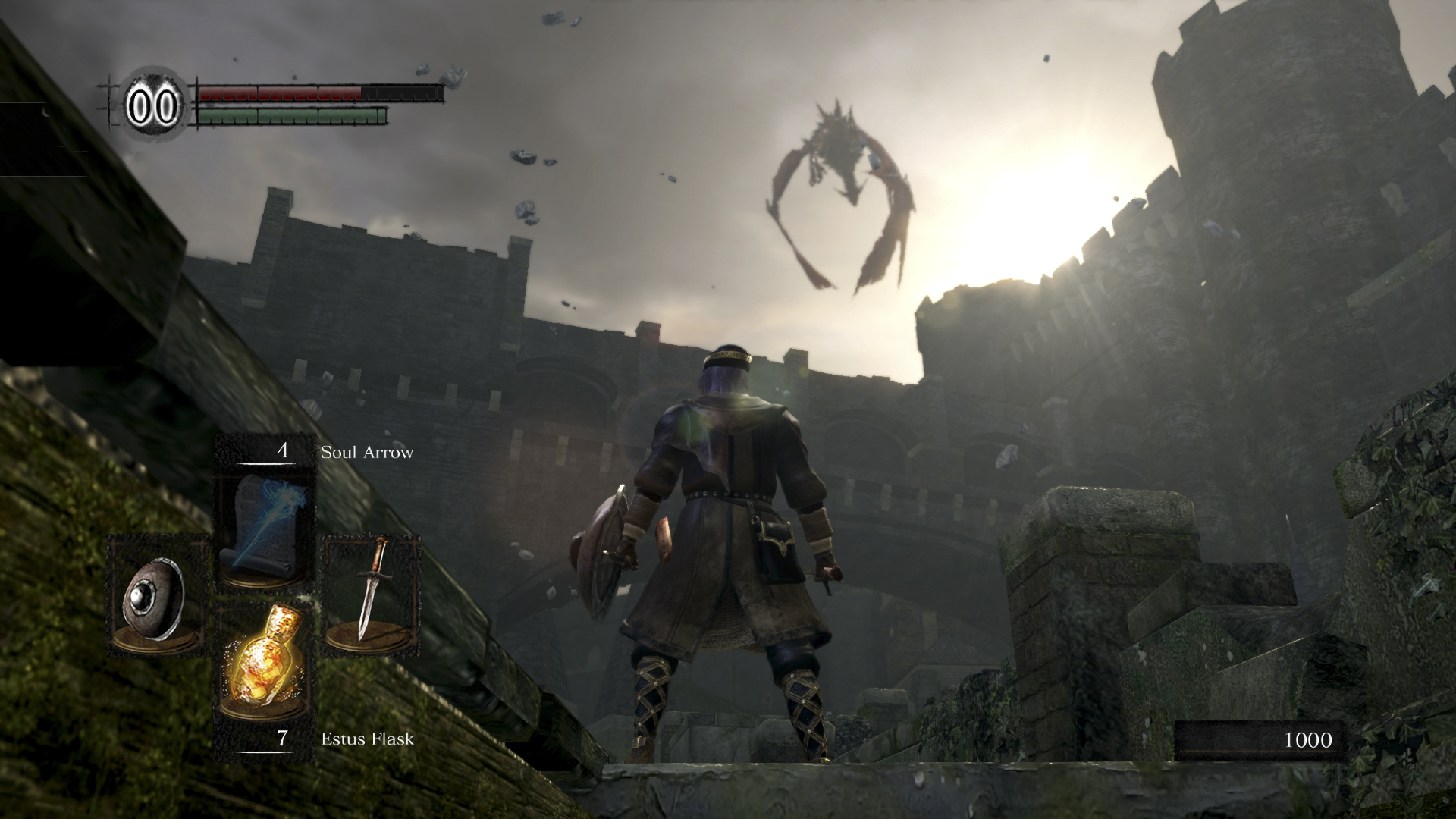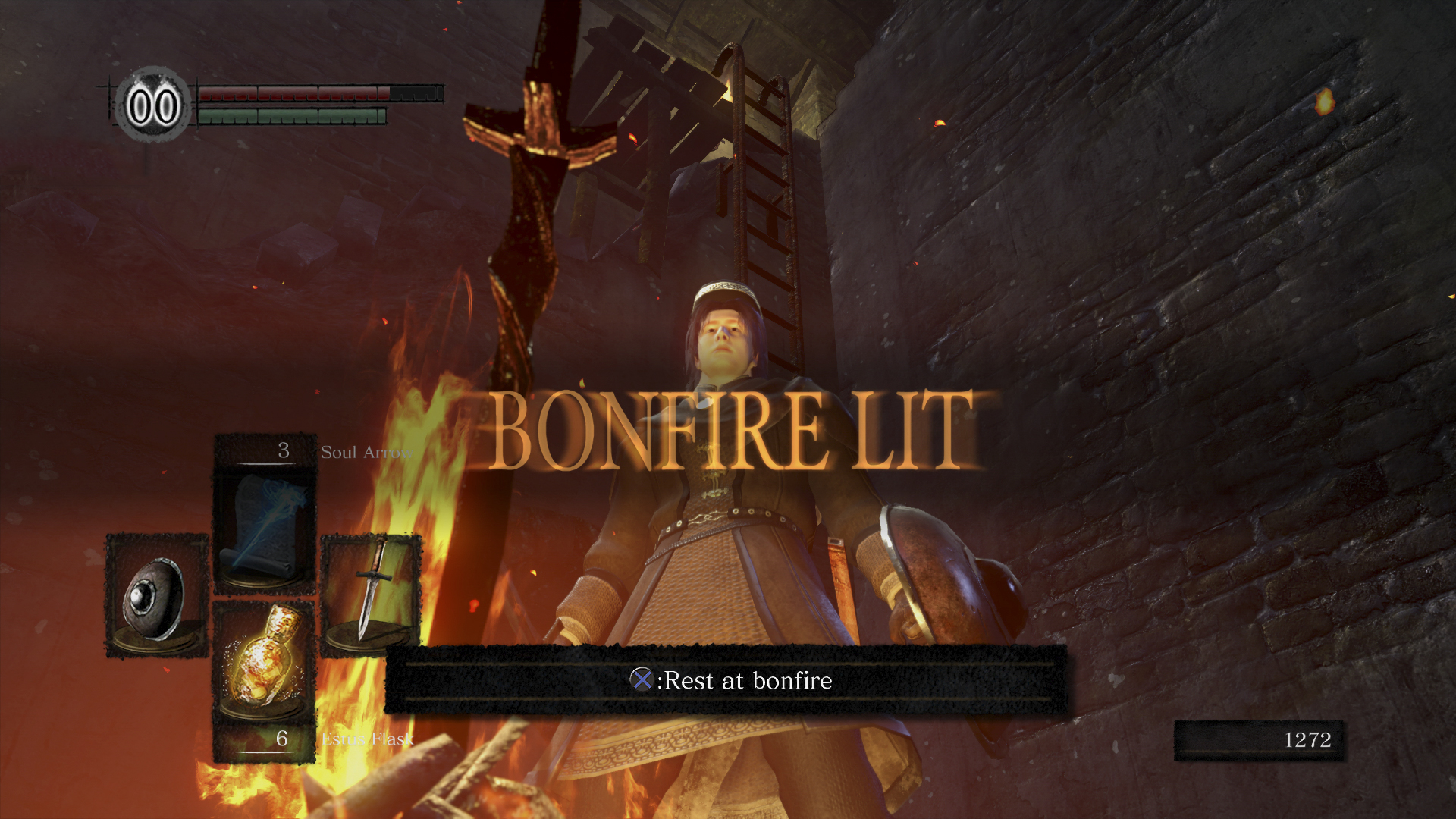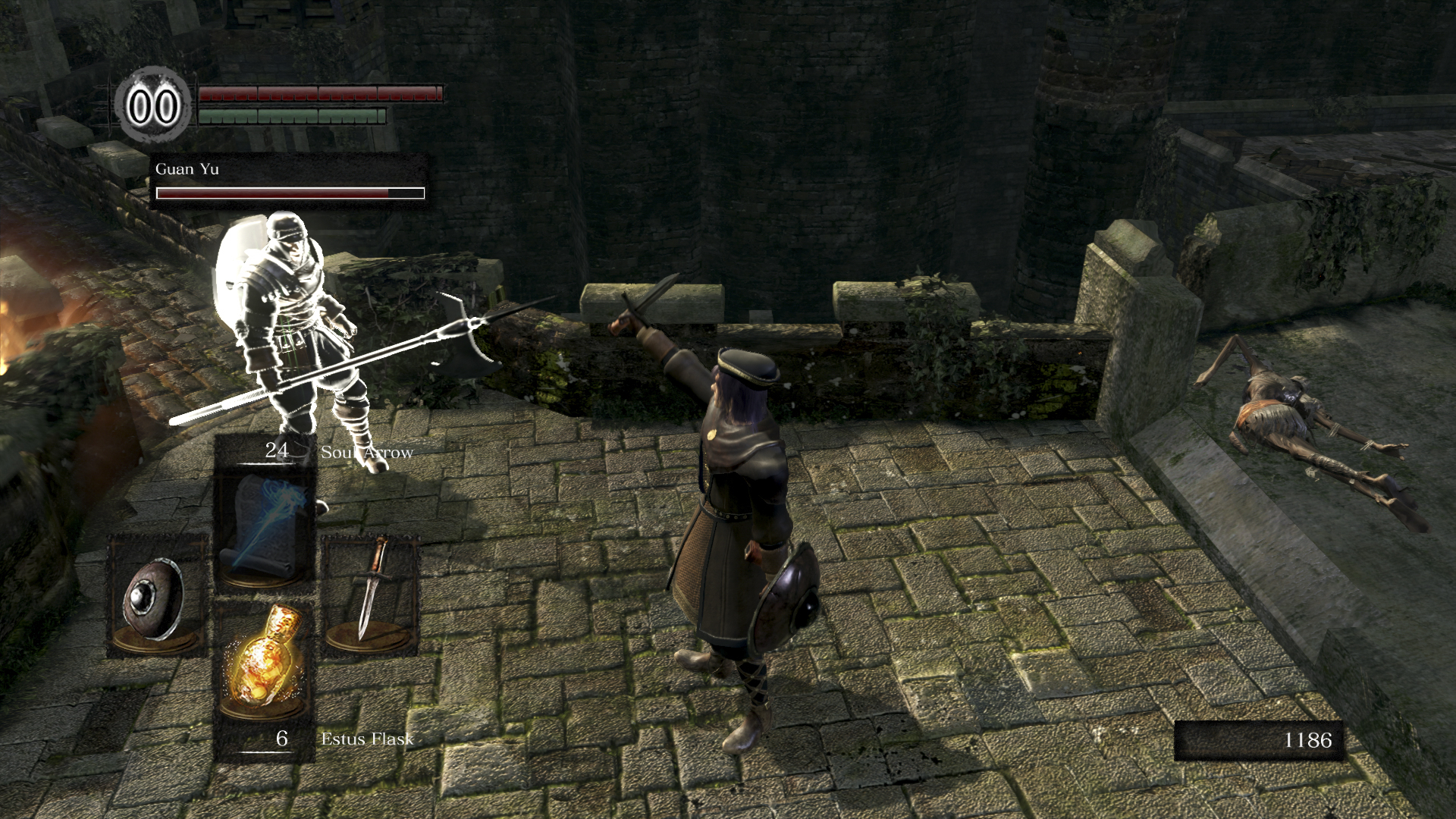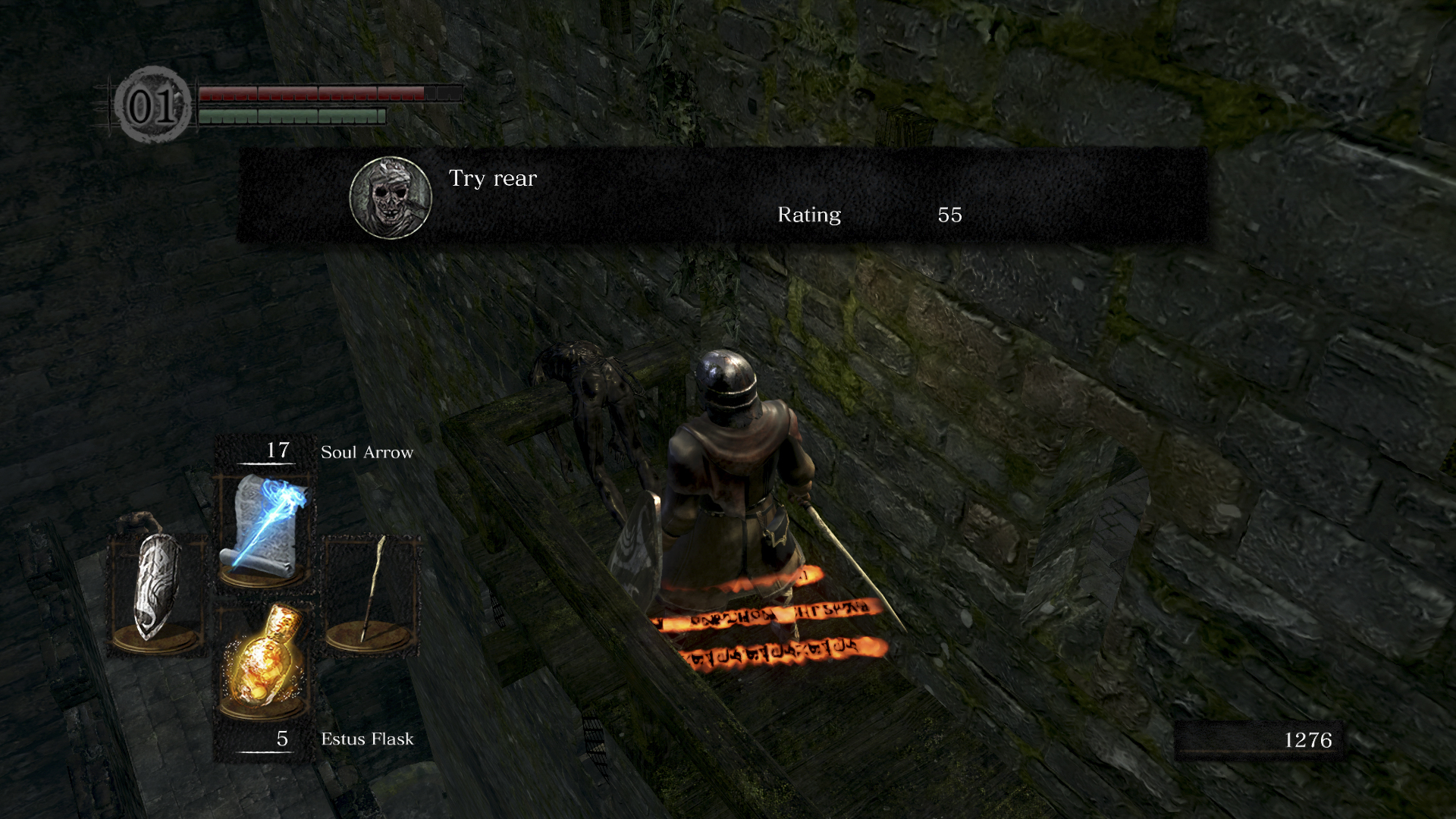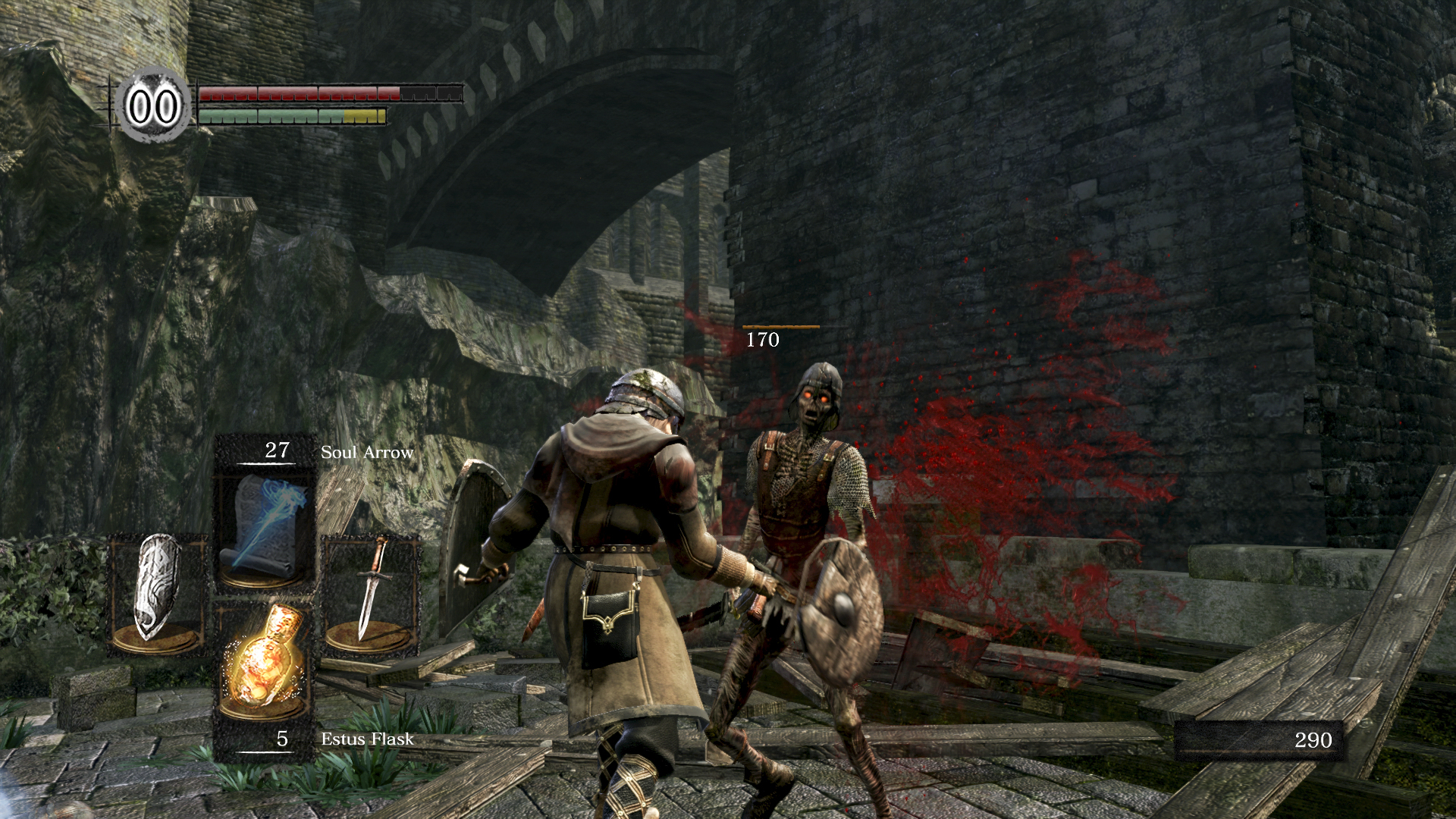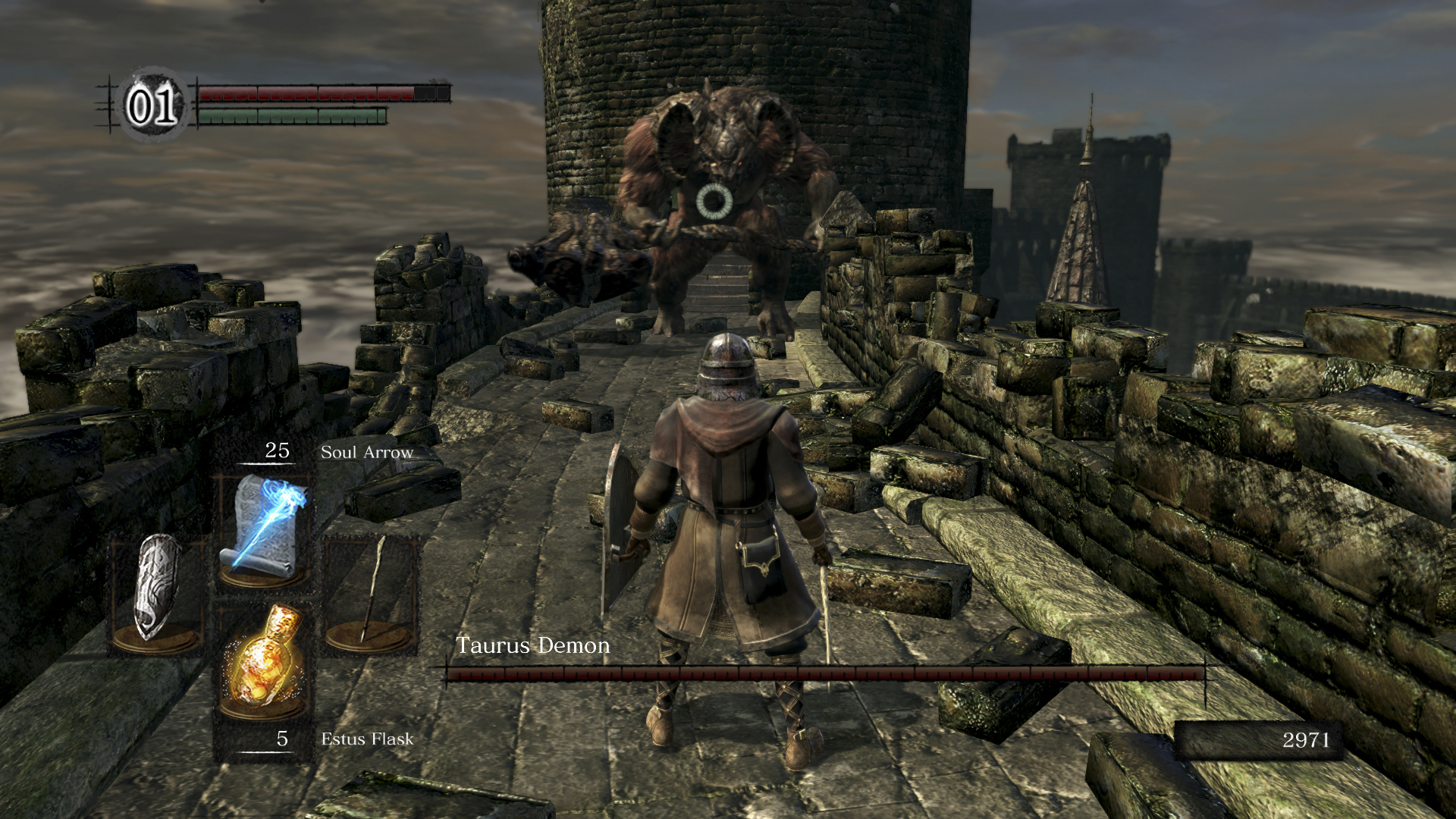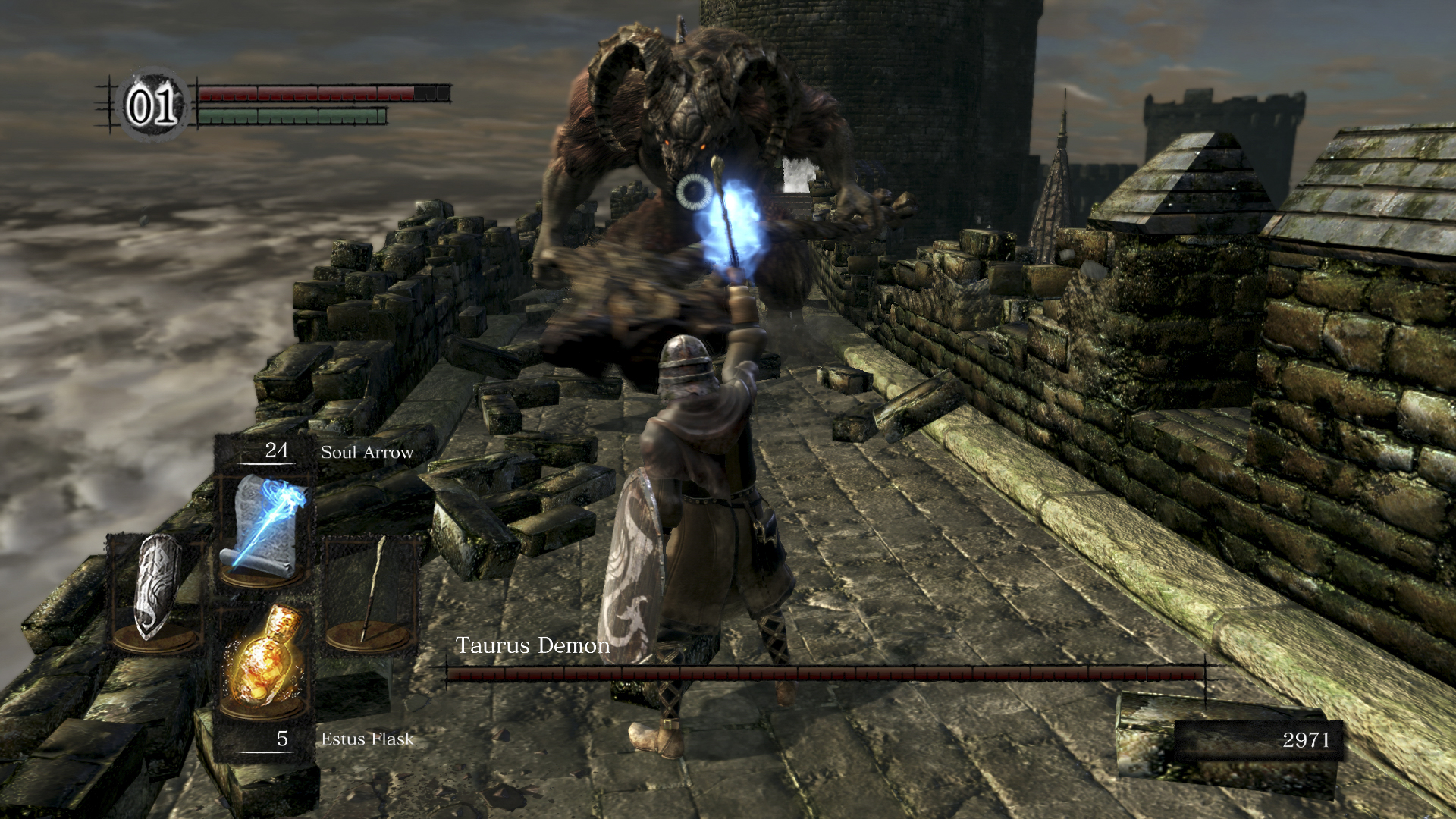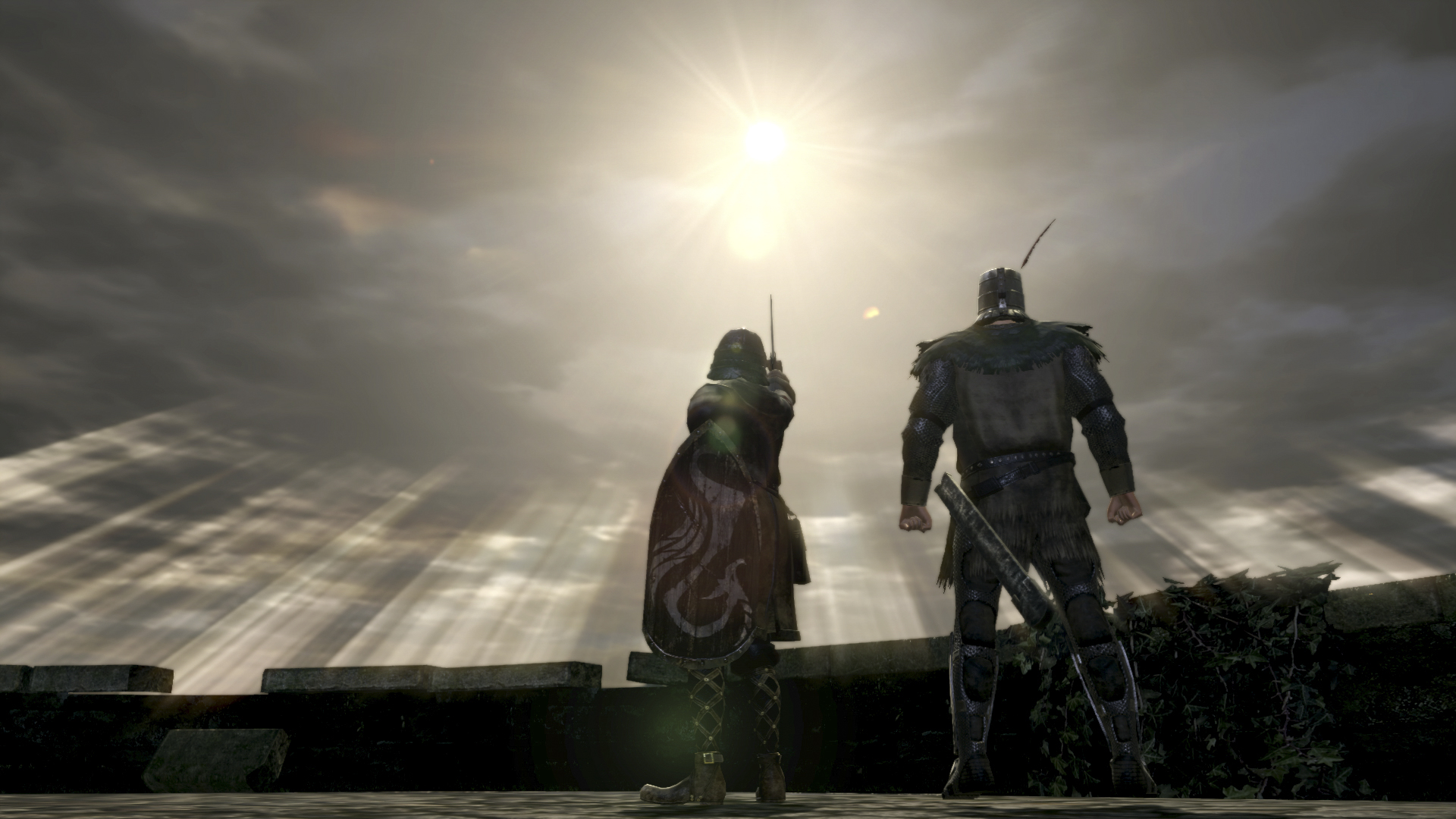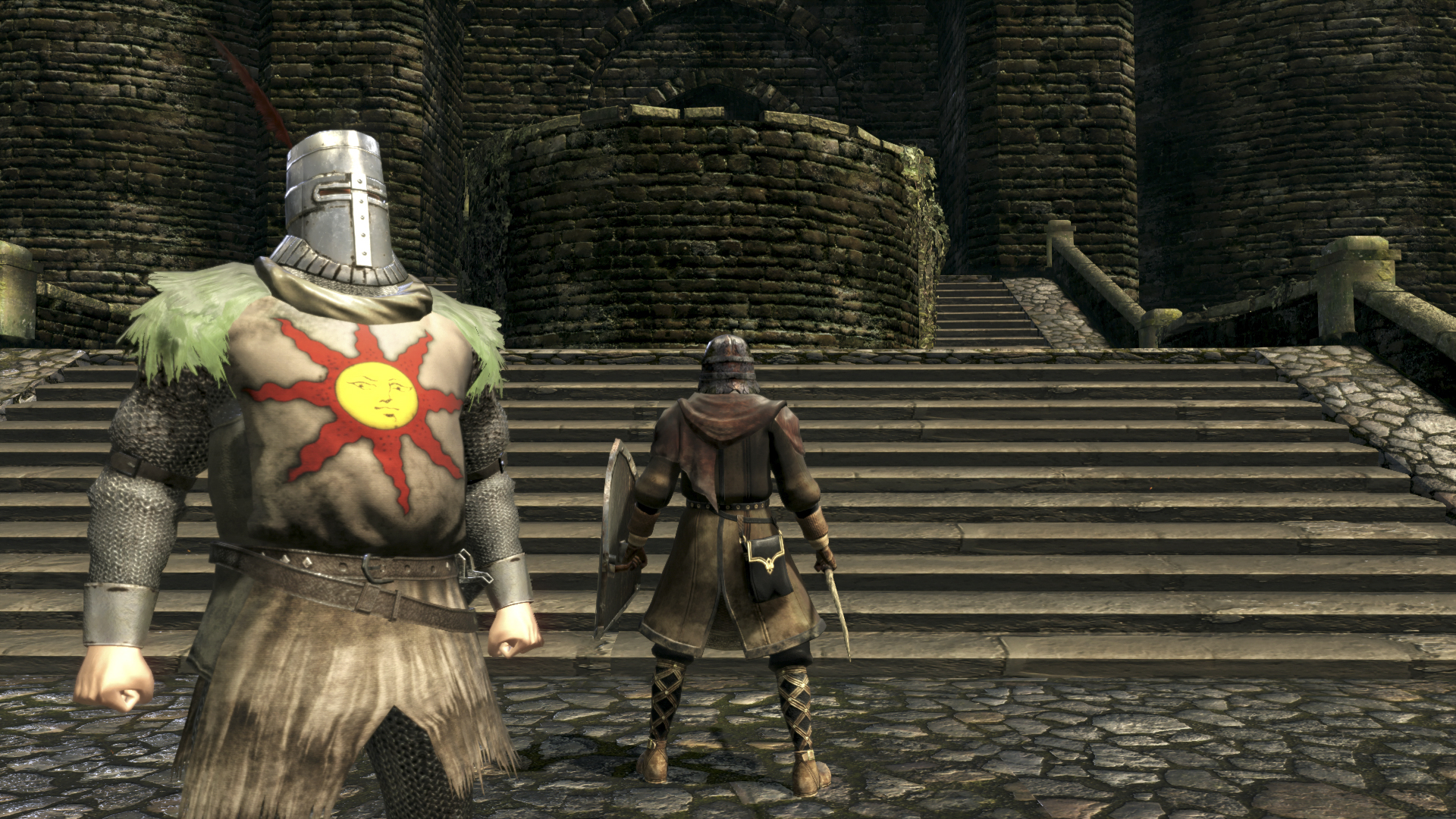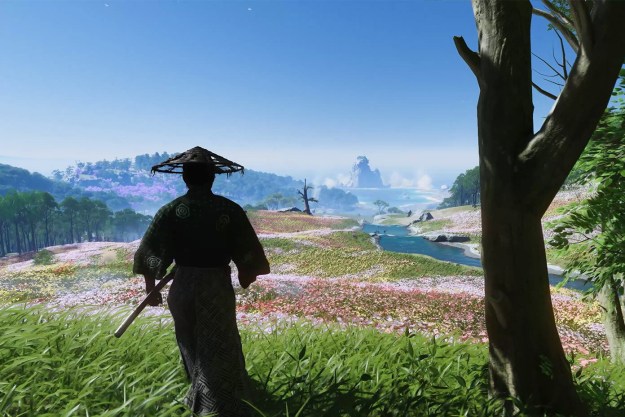I have a bit of a confession to make.
Despite my love of Dark Souls III and Bloodborne, my experience with the original Dark Souls was brief and unpleasant. I attempted to play the opening hour of the game on PC back in college, but I found the combat sluggish and the difficulty daunting. I decided the game wasn’t for me.
While all the Dark Souls games are difficult, the original remains uniquely tough in its own right.
When spiritual successor Bloodborne launched in 2015, I was assured that the faster combat and gothic aesthetic would better suit my style. They did. It became my favorite game of the year, and I later charged through Dark Souls III with the confidence of a veteran. Nitty-gritty details like invincibility frames and the stun-locking no longer felt like frustrating oversights. They’d become essential parts of a masterpiece.
Dark Souls Remastered launched on consoles and PC in May, and with my love of Soulslikes firmly cemented, I decided to give the game another chance. What a difference experience makes!
The first boss fight with the Asylum Demon was a piece of cake, and though rolling and dodging are far less useful on Dark Souls than they are in Dark Souls III, Bloodborne, or even The Surge, I became accustomed to the stand-your-grand combat style of the original. My shield became my best friend. The fights felt deliberate instead of slow.
While all the Dark Souls games are difficult, the original remains uniquely tough. There’s a complete lack of hand-holding once you complete the tutorial area. Dark Souls III, by comparison, transitions into a boss fight against an enemy with moves you’d quickly have to learn in order to make any progress. It opened up only after teaching some stern, but essential, lessons.
Dark Souls is a different beast entirely. Once I hit the Firelink Shrine hub area, I saw a path heading down into a cemetery area and decided to explore it. Surely something this close to the beginning of the game would be suitable for my current level, right?
I even bit the bullet and called in a stranger to help me. They immediately fell off a cliff and died.
Wrong. I managed to kill a few of the skeletons I faced before being murdered several times in a row. I realized the enemies probably shouldn’t be this tough, even in a Dark Souls game, so I turned towards another path while pledging to return later.
The original is better, and also worse
Action games usually trim that fat over time, making the sequals smoother and less frustrating. I expected that to be true when comparing Dark Souls to Dark Souls III, but there are elements of the original I now prefer.
Special items are needed to increase the power of the health-regenerating Estus flasks, for example, but I didn’t need to search for other special items to increase my total Estus capacity. Instead, using a few common consumables allowed me to increase my limit at any bonfire. That kept my eyes off the wiki and on the game.
That being said, there are several improvements that I sorely missed when playing. The Firelink Shrine existed as a central hub area in Dark Souls III, and it contained what you’d need to upgrade your statistics and your gear. The blacksmiths are located in completely separate locations in Dark Souls, and while an item allows you to freely travel to other locations later on, there’s still a lot of back-and-forth. “Getting good” doesn’t conquer tedium.
That feeling of discovery, whether it be a new enemy, location, weapon, or secret, is what drives you to persevere through the pain of death in Dark Souls.
“Cheese” – abuse of particularly effective tactics or game bugs — is an expected element in any Soulslike, but I was surprised how frequently Dark Souls fights forced players into weird, artificial solutions. The Capra Demon, for instance, will slaughter you before you have a chance to react because of his two dog companions. You must roll past them to find a way to get the dogs before killing the boss himself. That sounds like an engaging fight, but survival depended on exactly how the dogs enter the tiny battlefield, something I couldn’t control. I’m convinced that some entries into the fight were unwinnable.
Another fight against a multi-headed hydra lasted about 30 minutes, as my weapons were all slightly too short to reach its final head and deliver the killing blow. When I finally did it, I didn’t feel any less frustrated, as it wasn’t clear why the boss happened to let me kill it.
I even bit the bullet and called in a stranger to help me. They immediately fell off a cliff and died.
Seven years later, Dark Souls is still a masterpiece
These moments made me scratch my head, but they didn’t obscure the brilliance of Dark Souls Remastered, even for me, a gamer who never enjoyed the game seven years ago. Defeating a new type of enemy or mastering a parry feels just as good the hundredth time as the first, and entering a new area, such as Anor Londo, is nothing short of breathtaking.
That feeling of discovery, whether it be a new enemy, location, weapon, or secret, is what drives you through the pain of death in Dark Souls. Defeating a boss gives you the chance to discover what From Software has packed into the next area, and it’s usually different from what you expected.
Perhaps a better explanation of what Dark Souls is not would’ve made my initial experience better; it isn’t a flashy action game, and that’s perfect fine. Once I discovered how great From Software’s later games were, however, it completely transformed how I viewed the original. I’m now a dedicated fan, and can’t wait to see what the developer, Hidetaka Miyazaki, has up his sleeve for Sekiro: Shadows Die Twice in 2019.
Editors' Recommendations
- Dark Souls Remastered PC servers are back online for the first time since January
- Dark Souls servers are finally coming back online
- New Elden Ring plot synopsis sets the stage for a deeper Souls story
